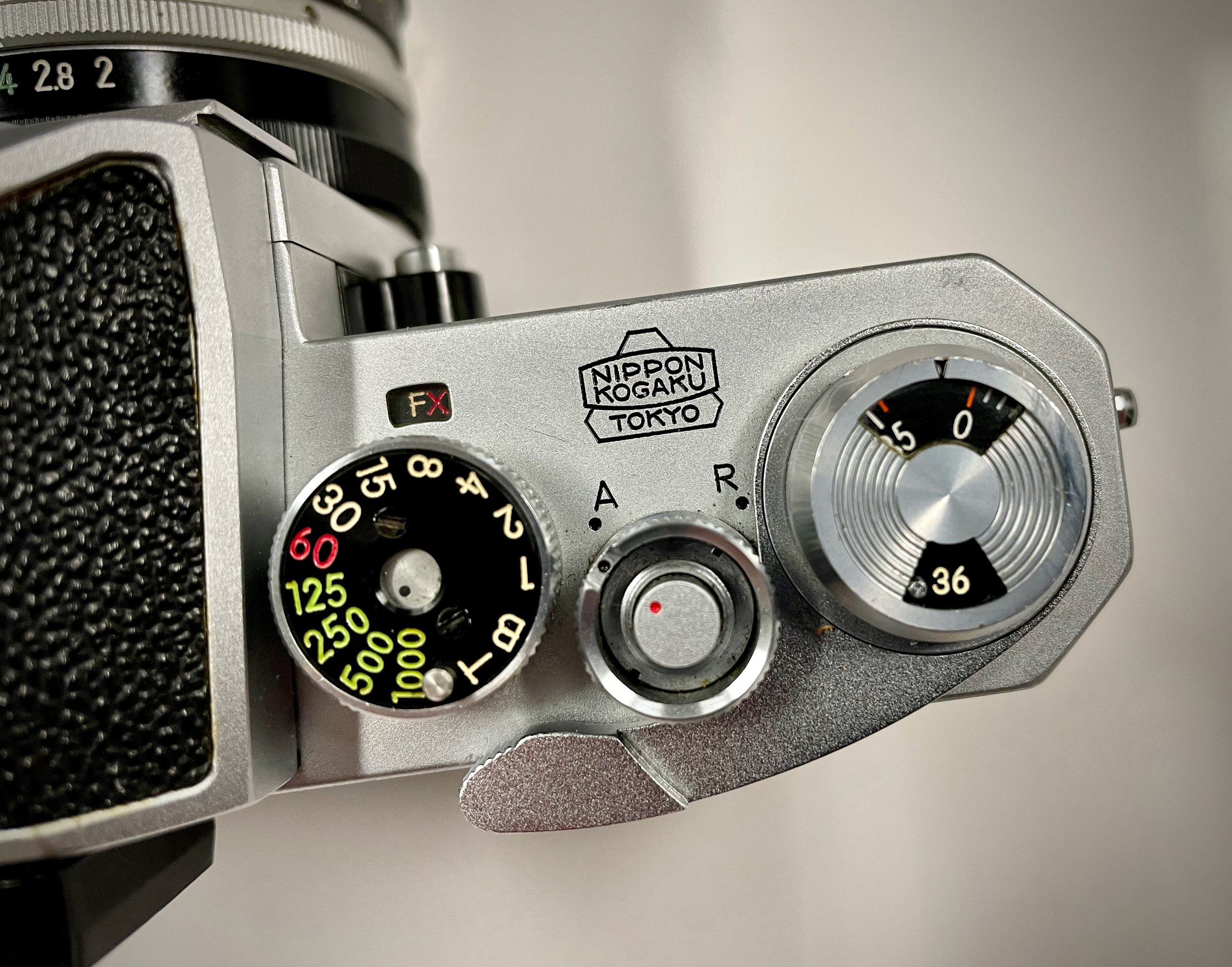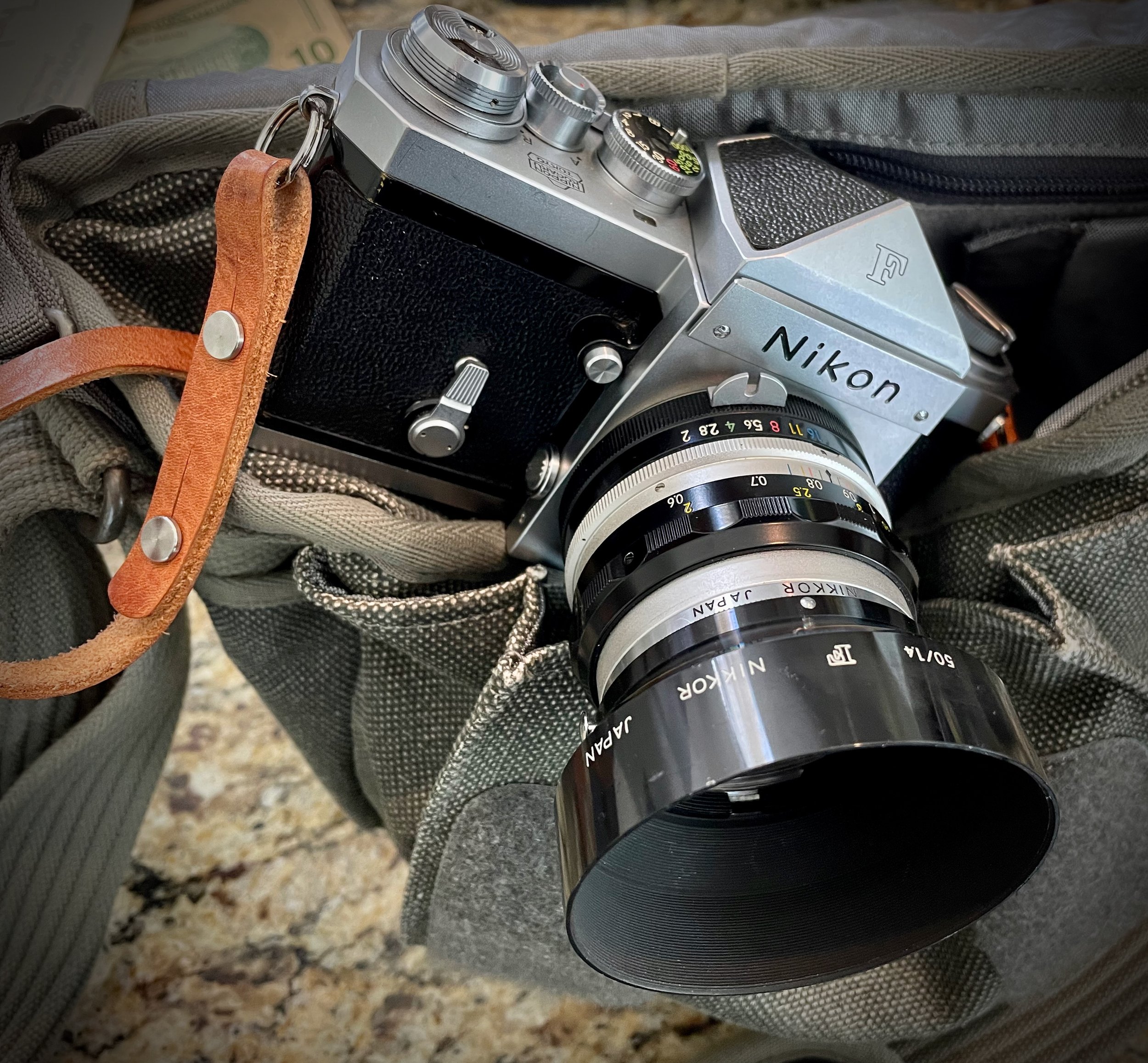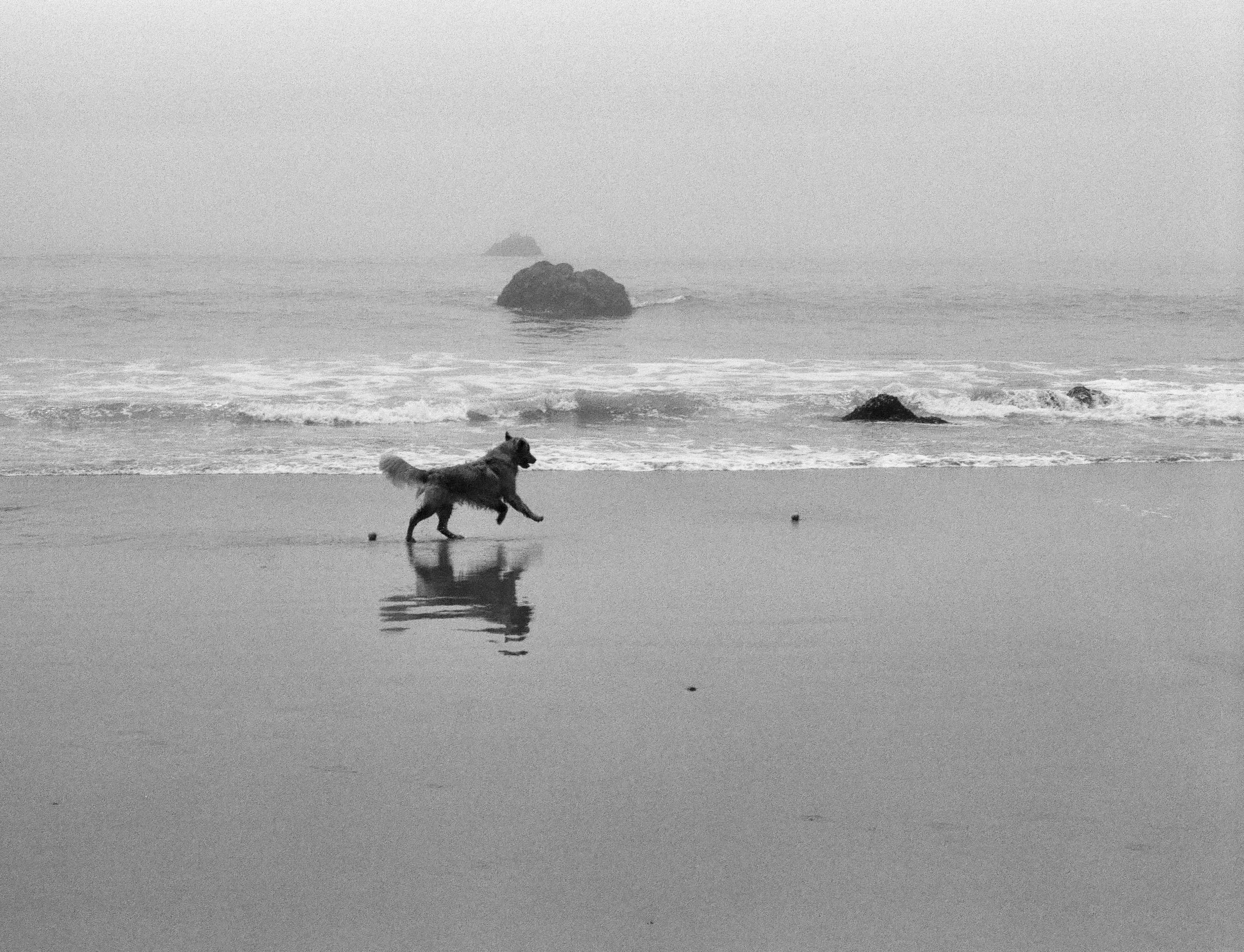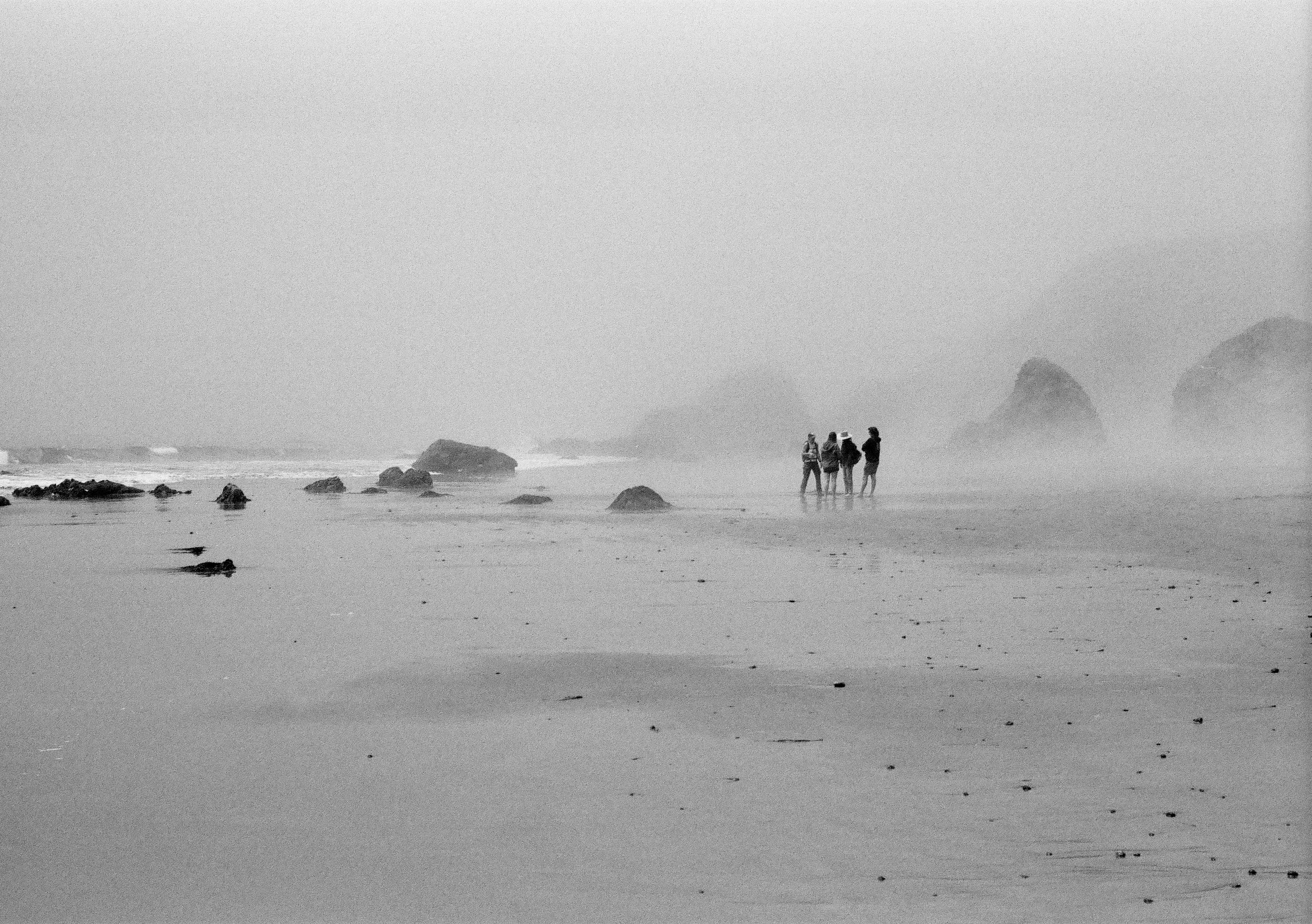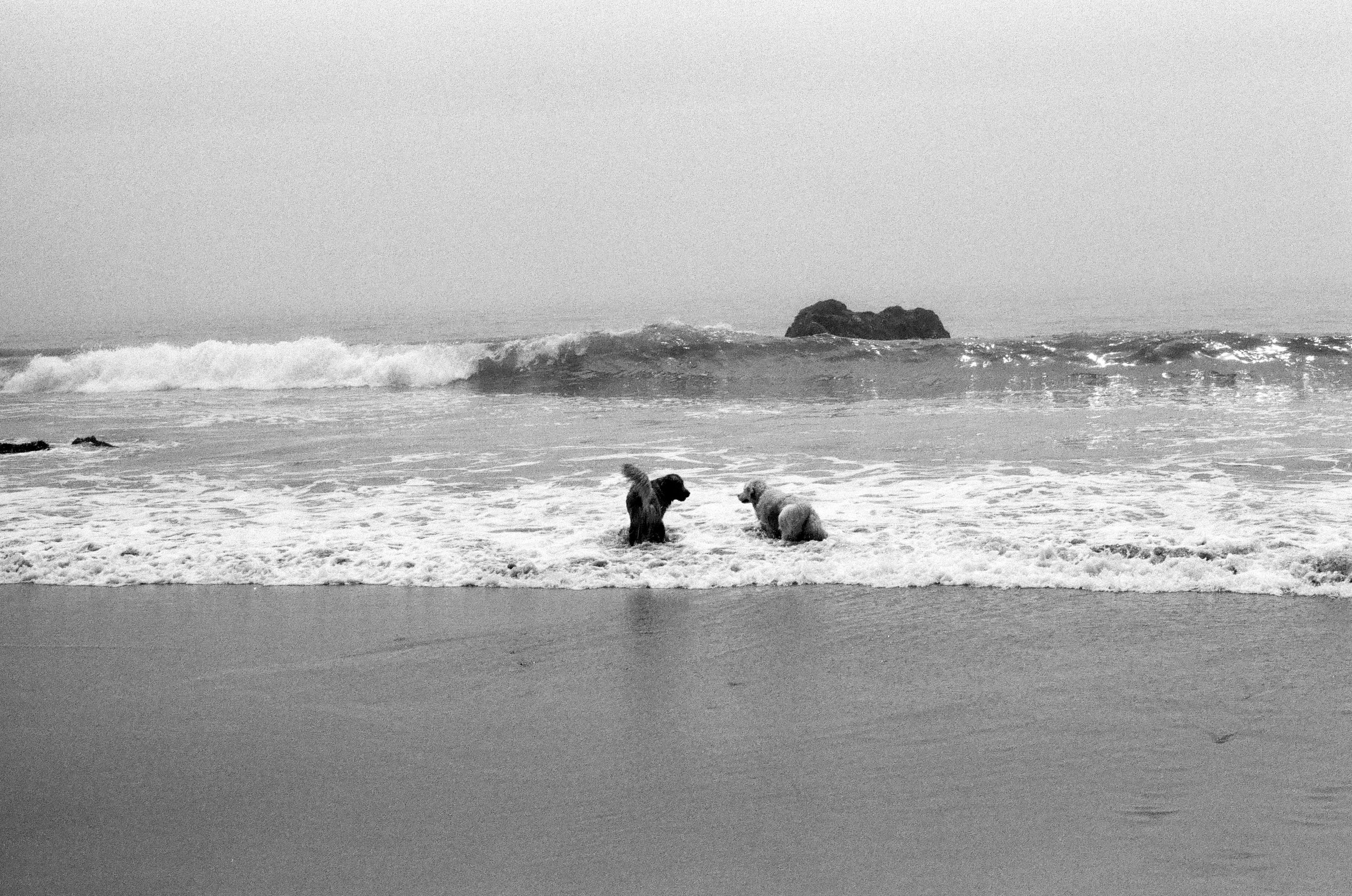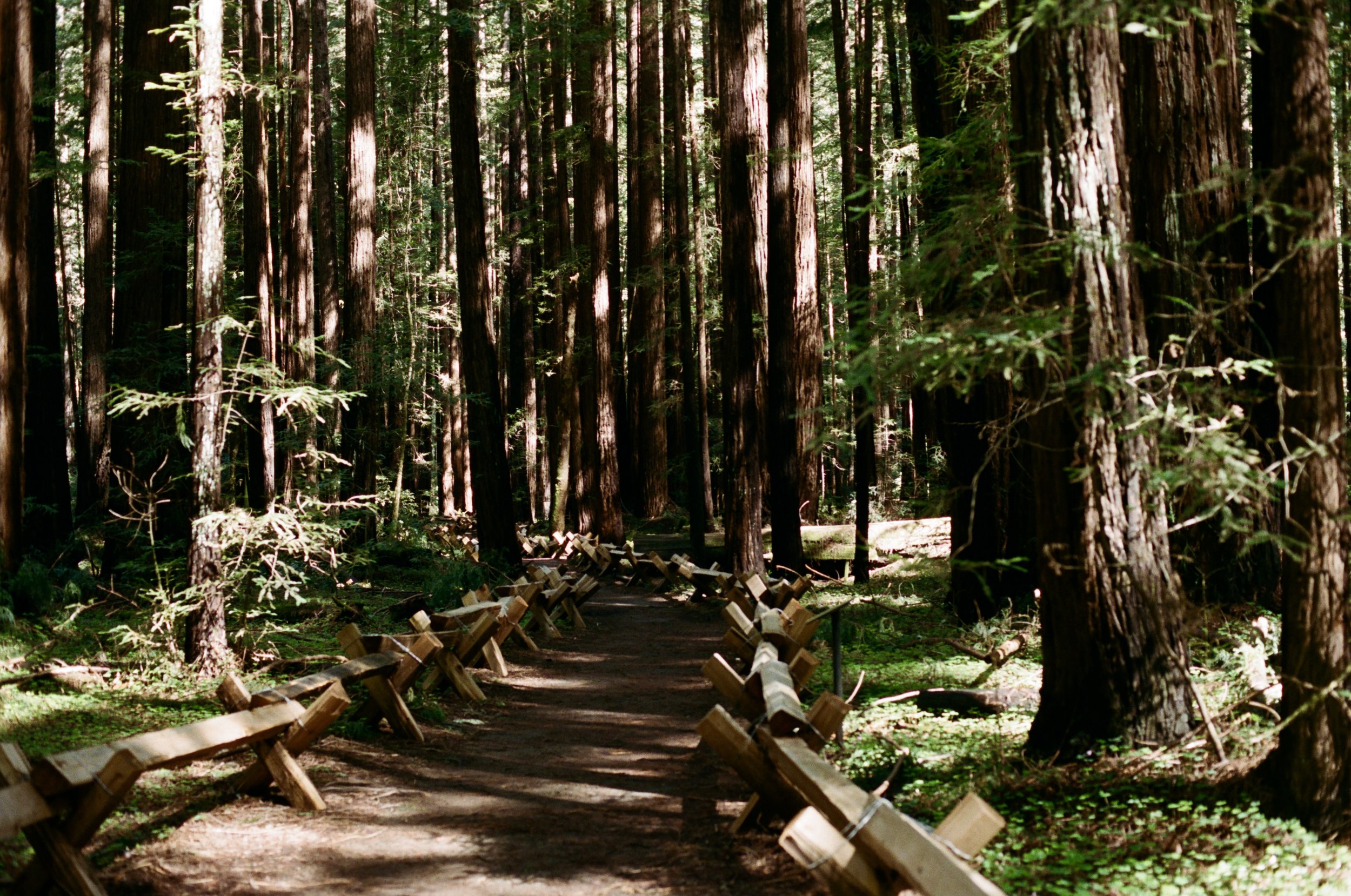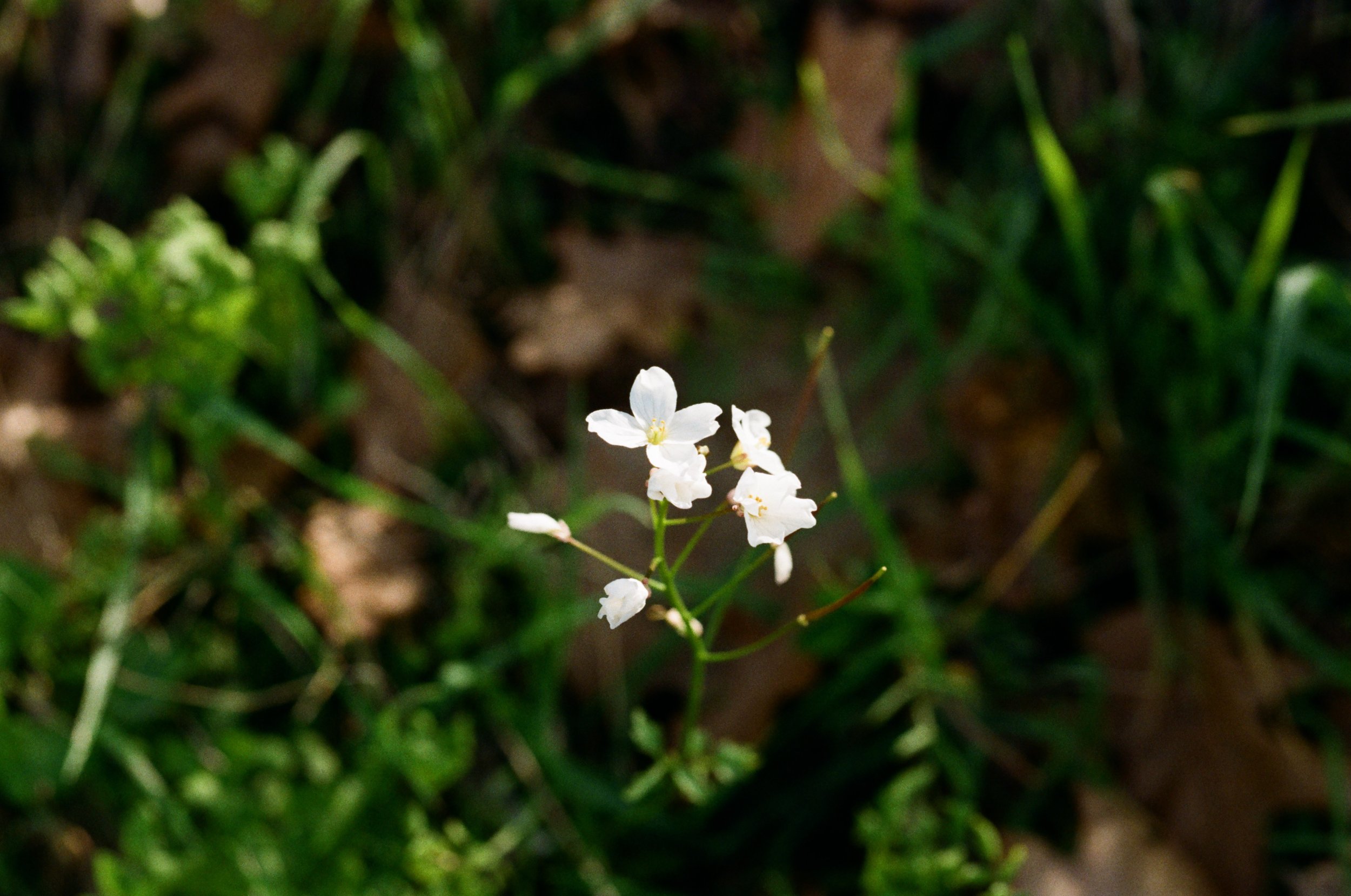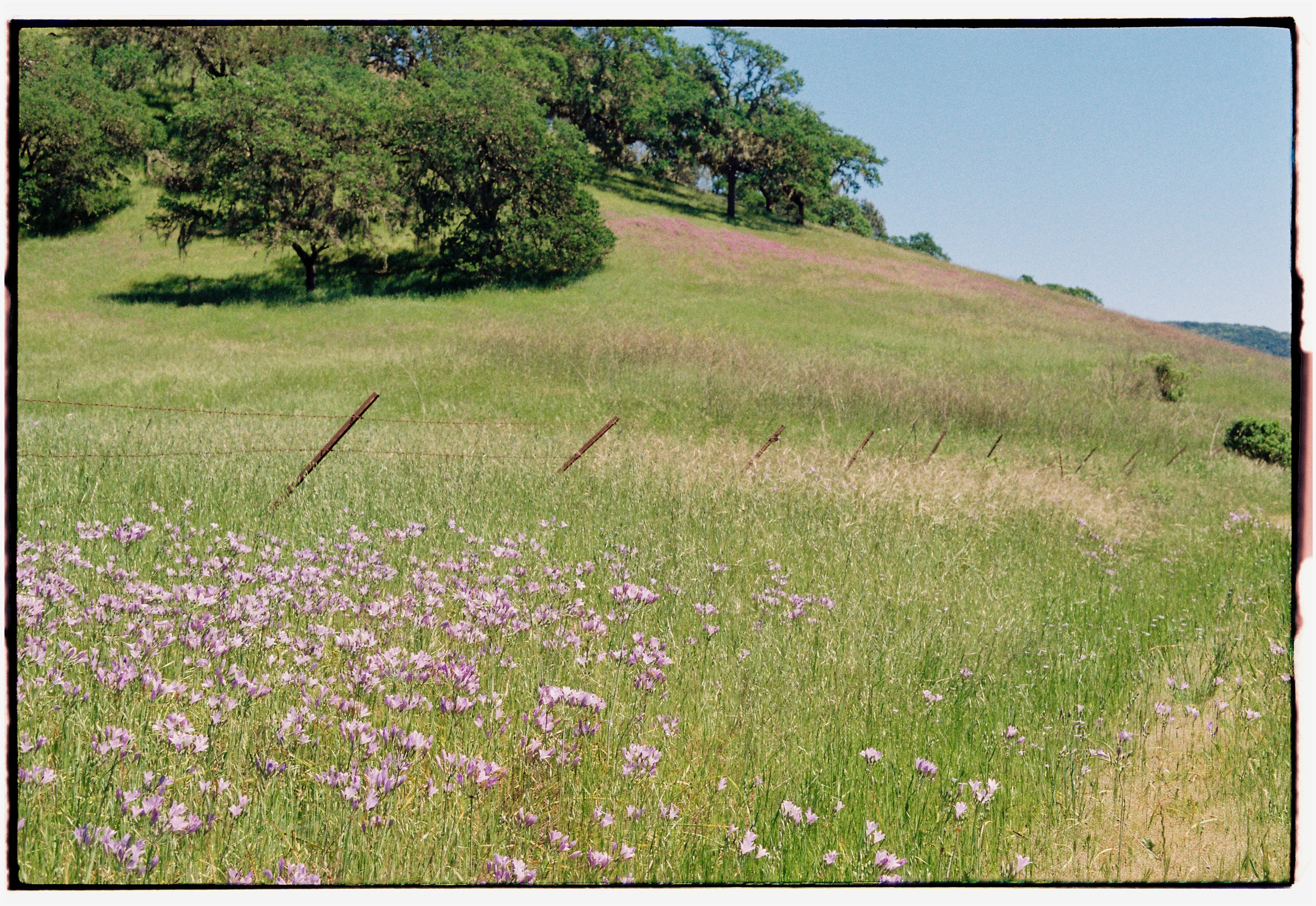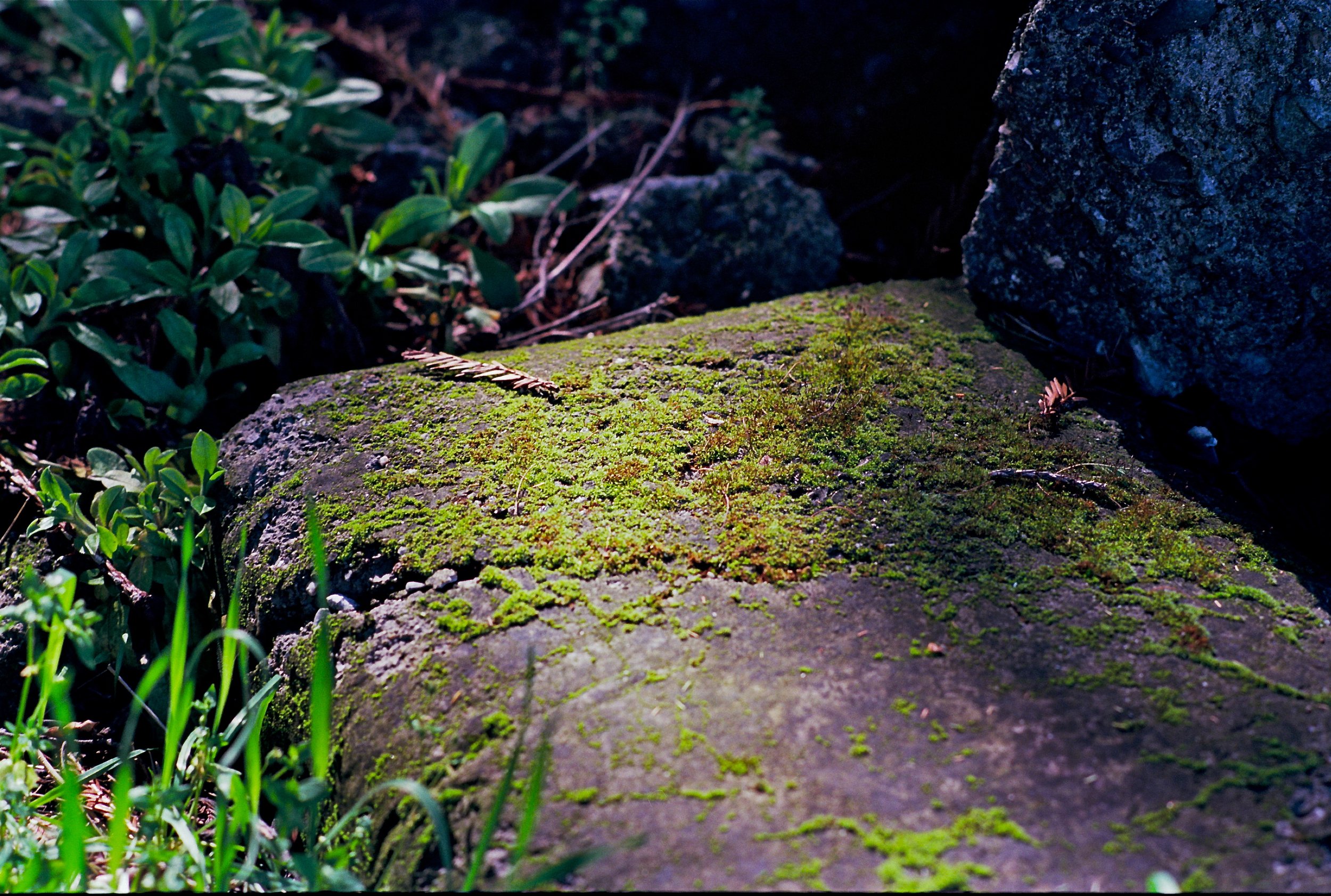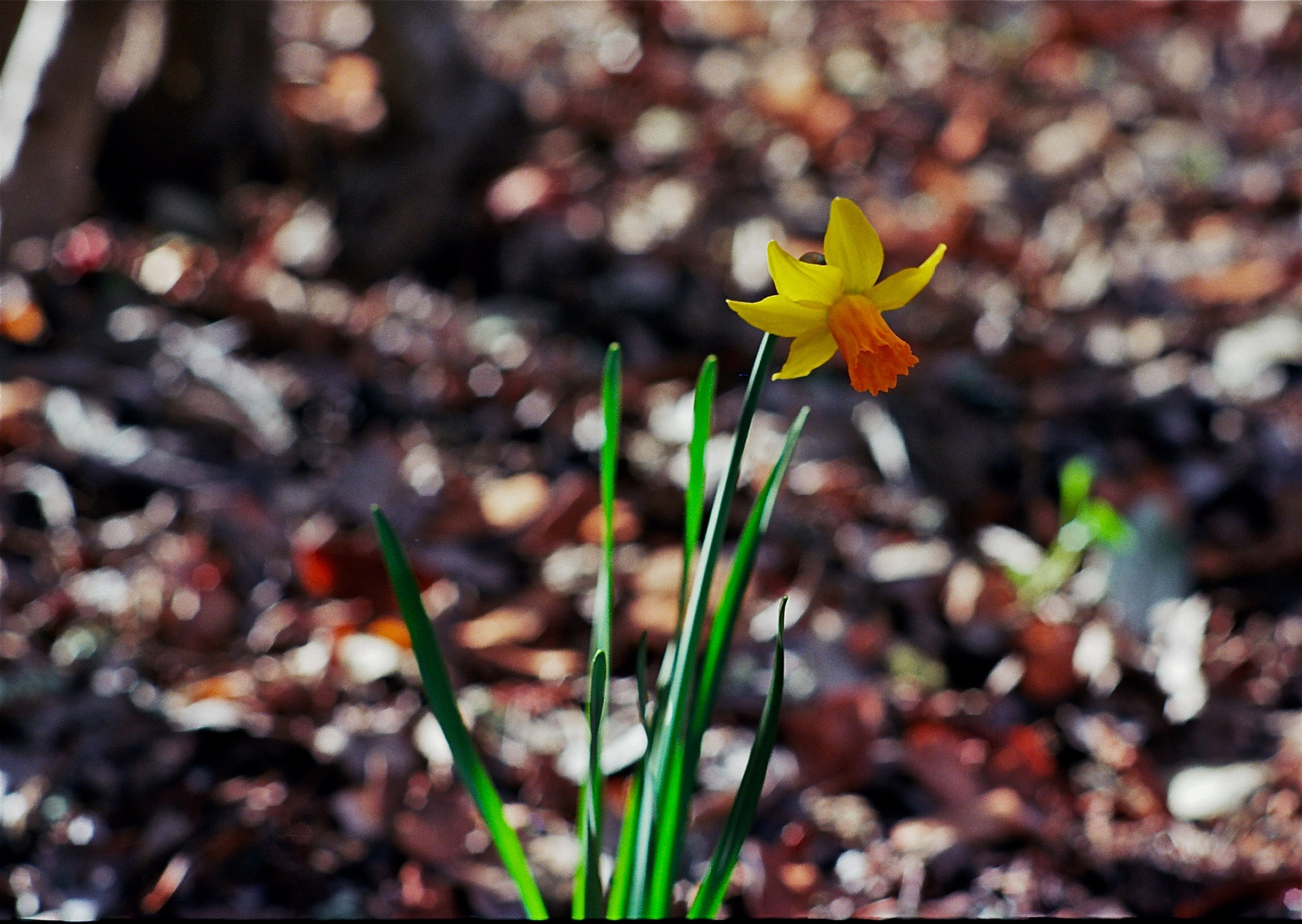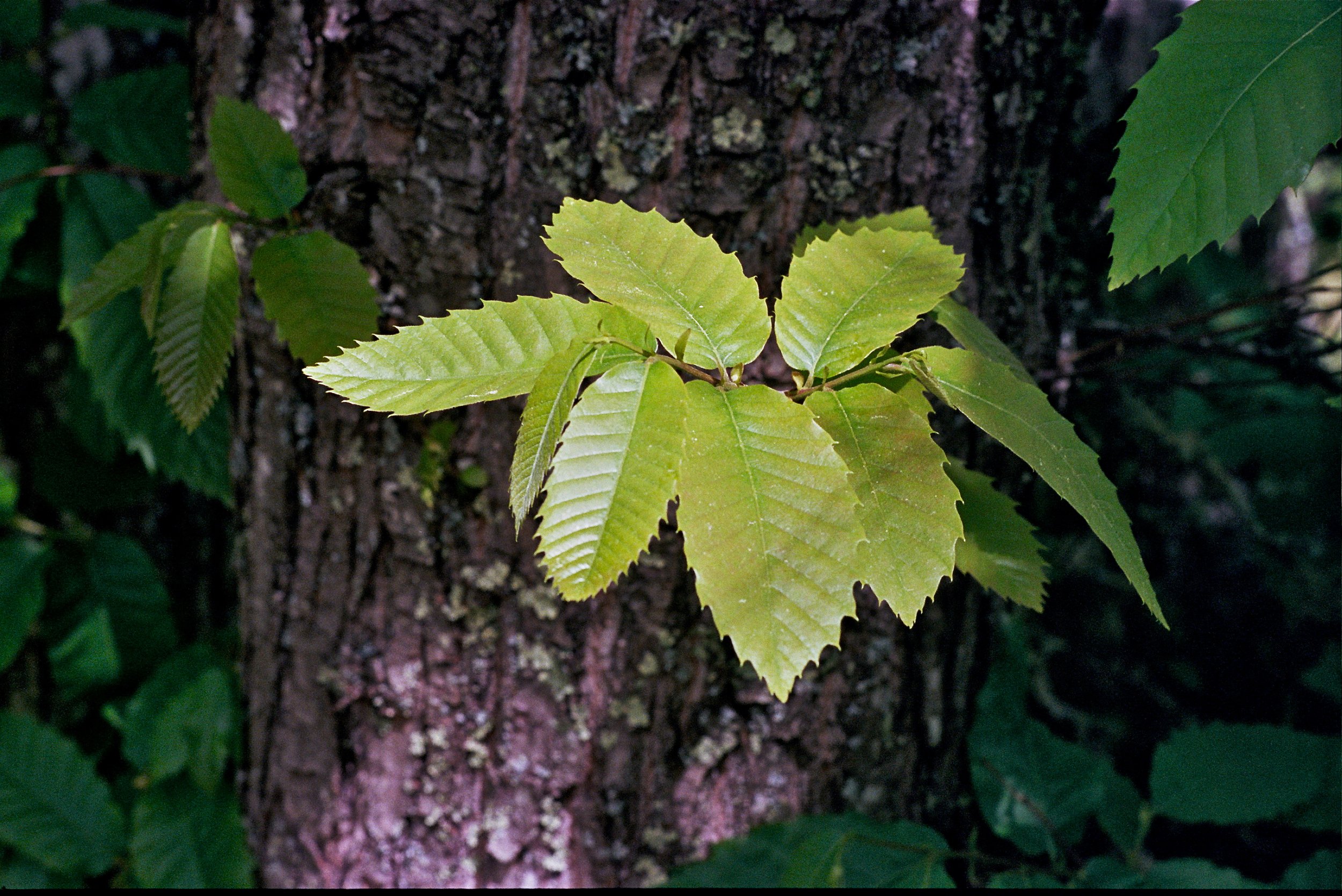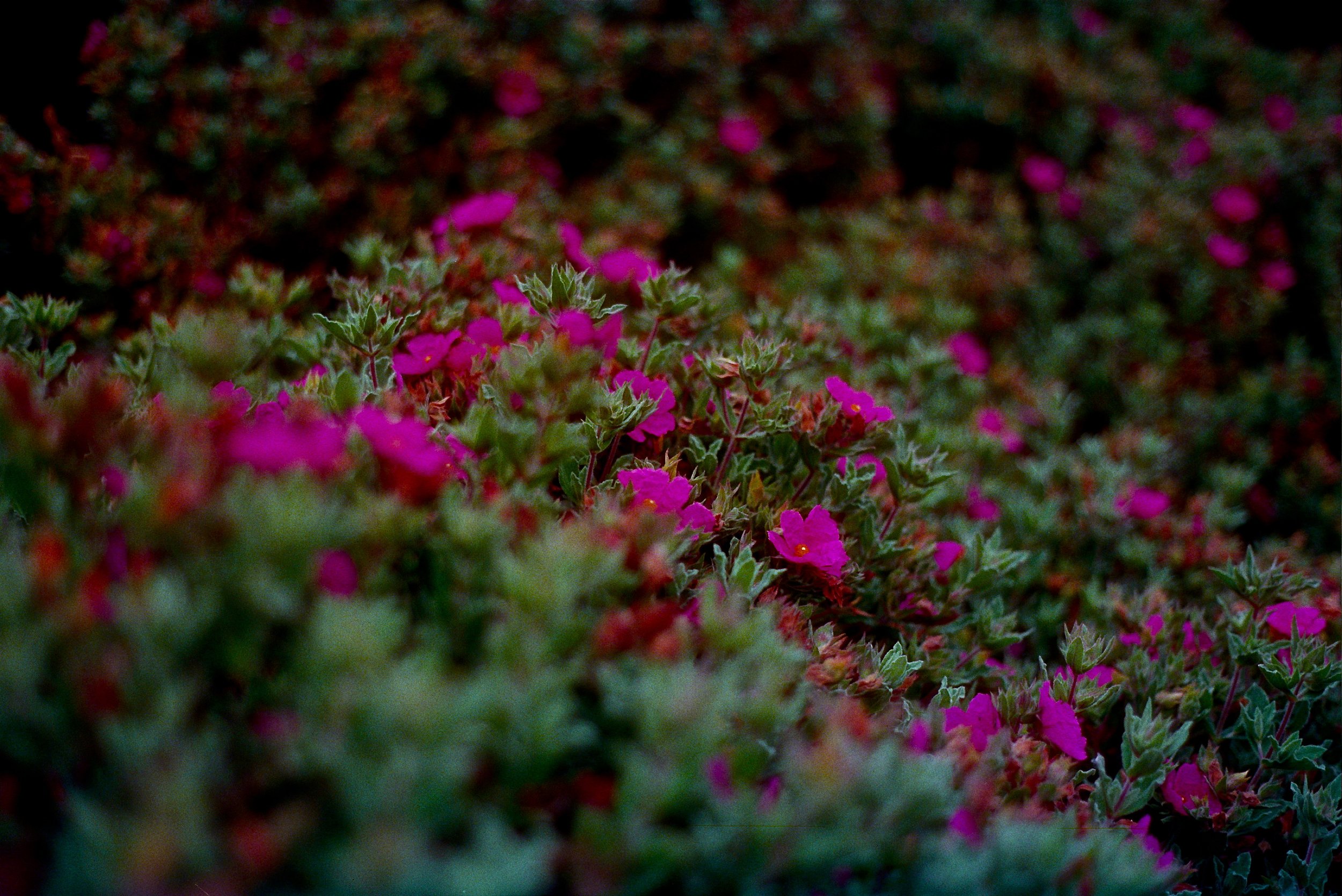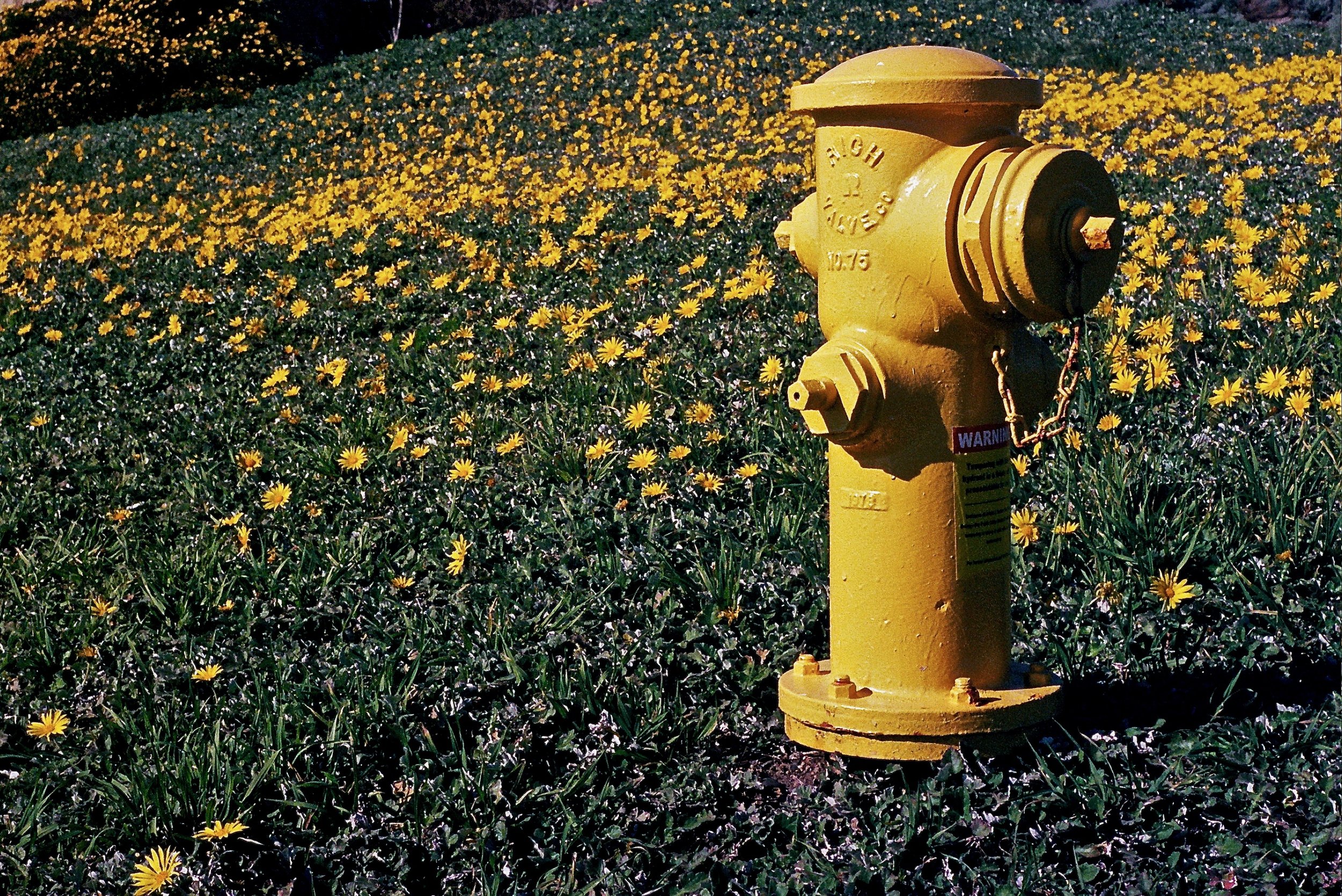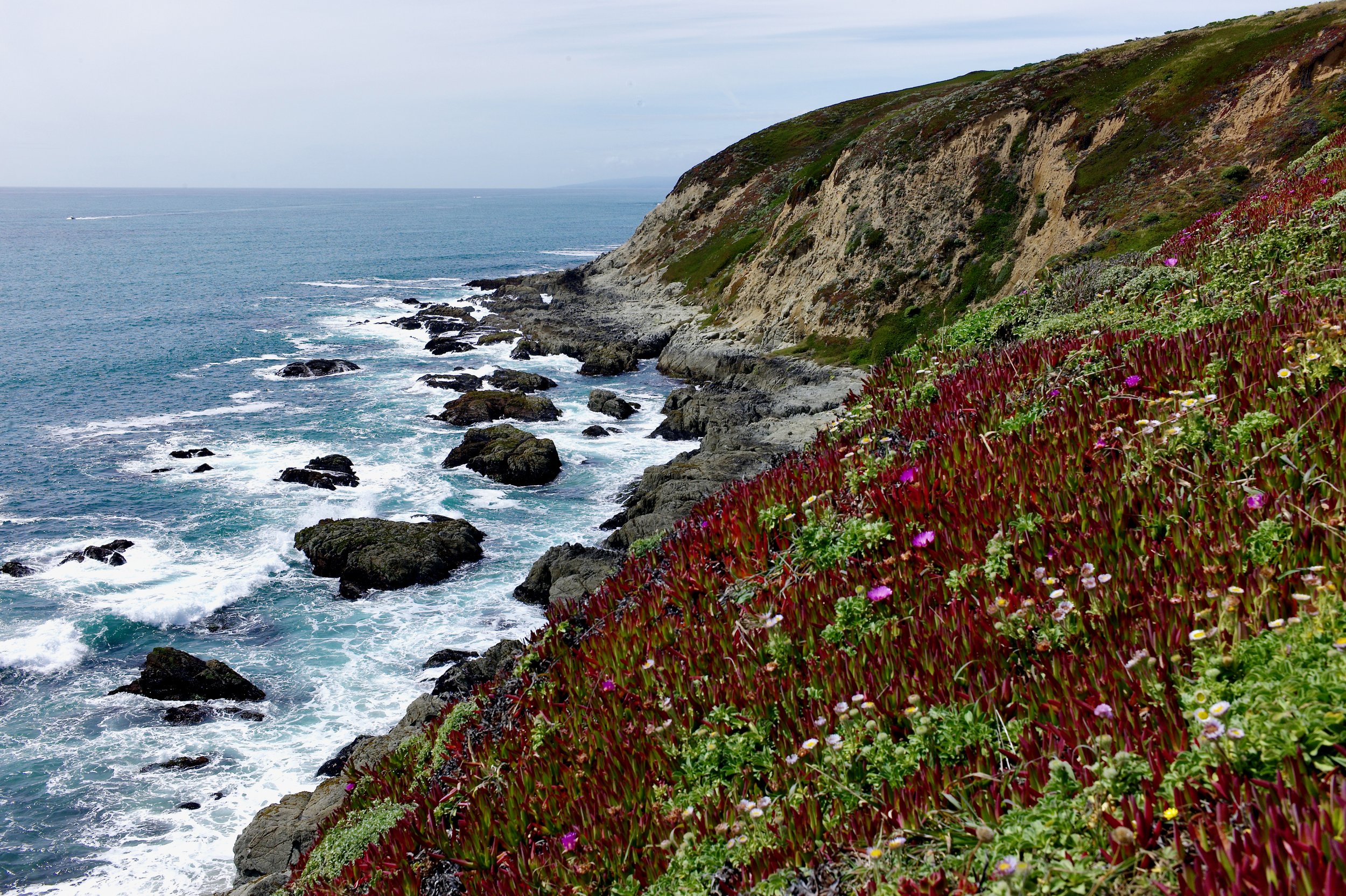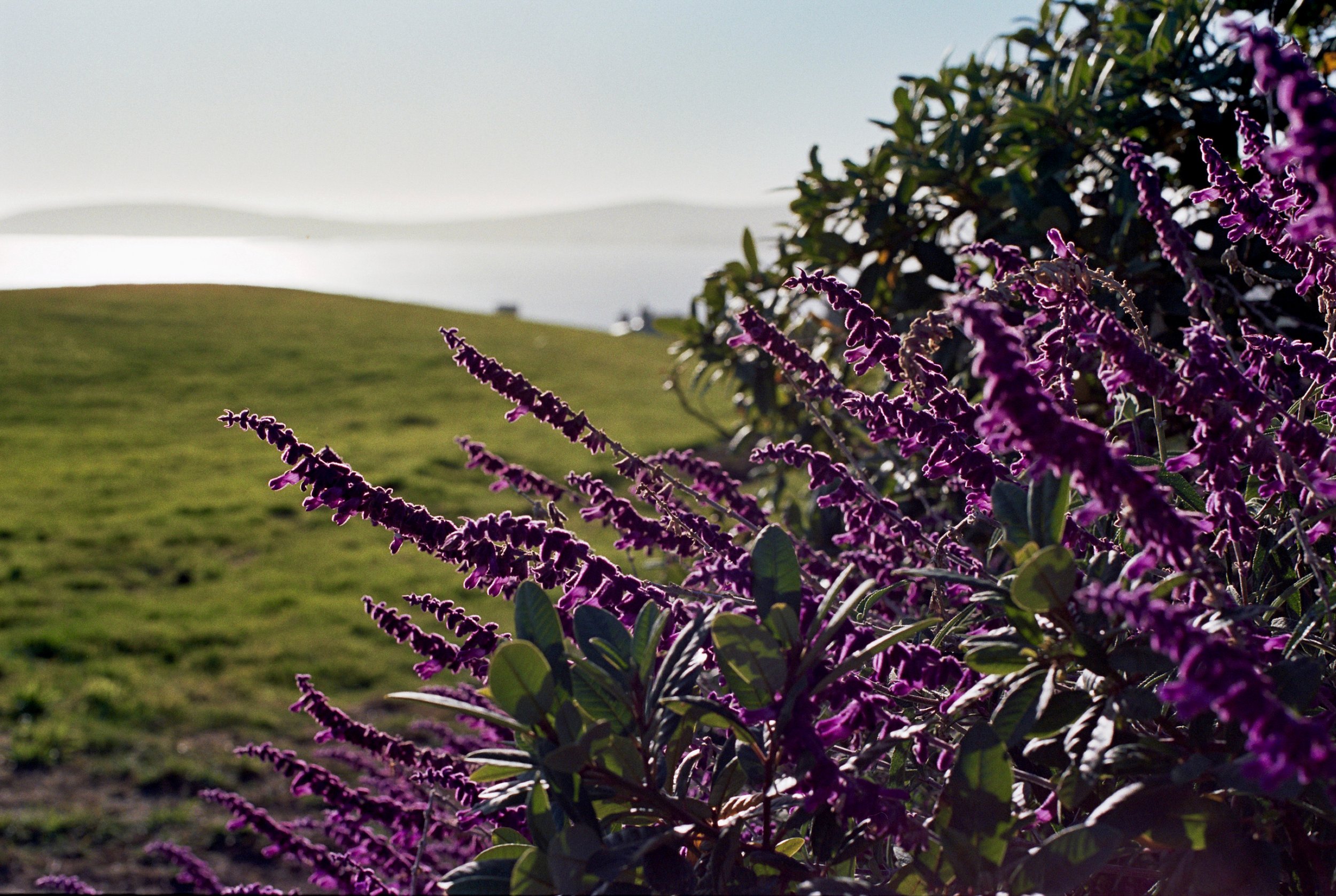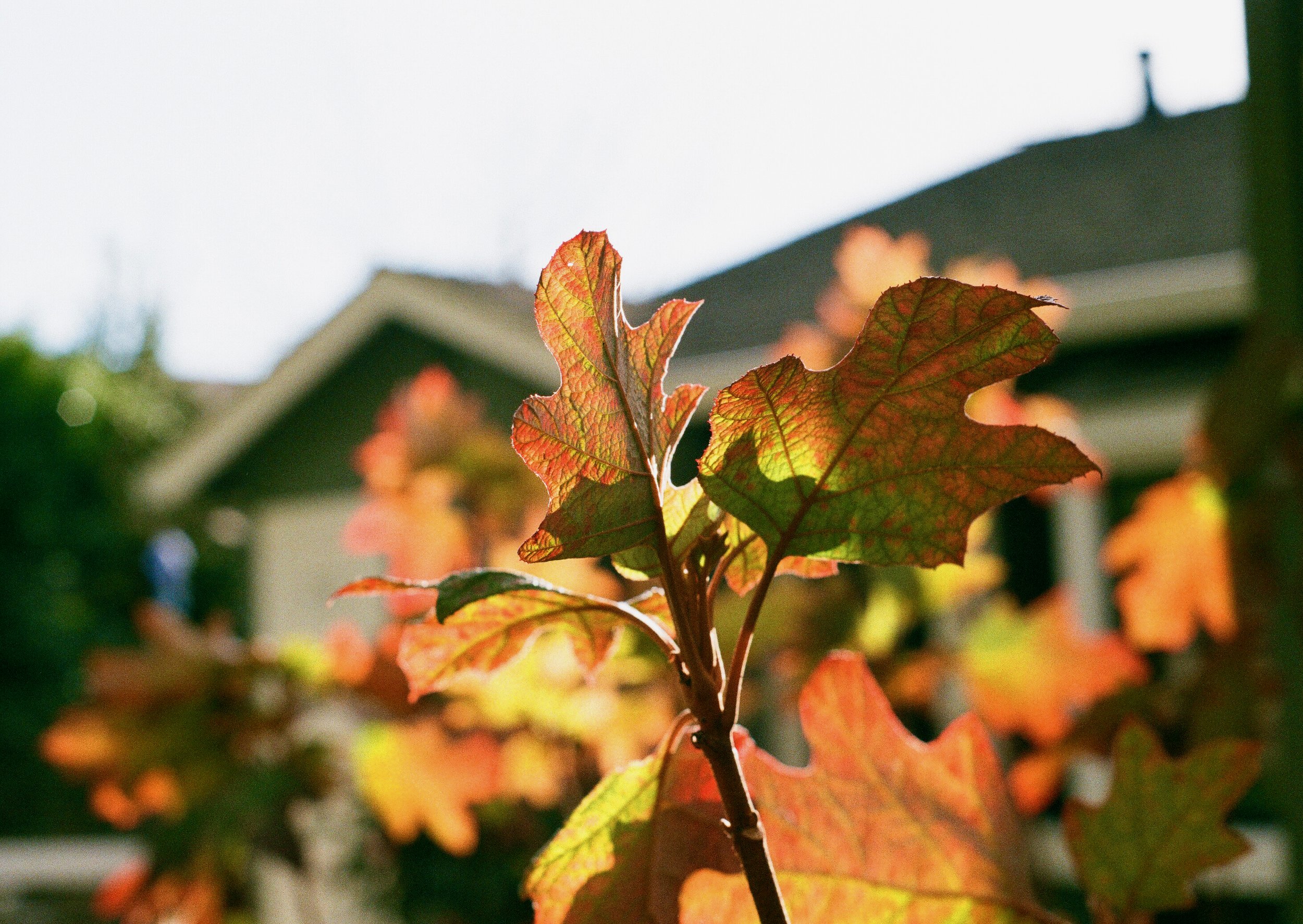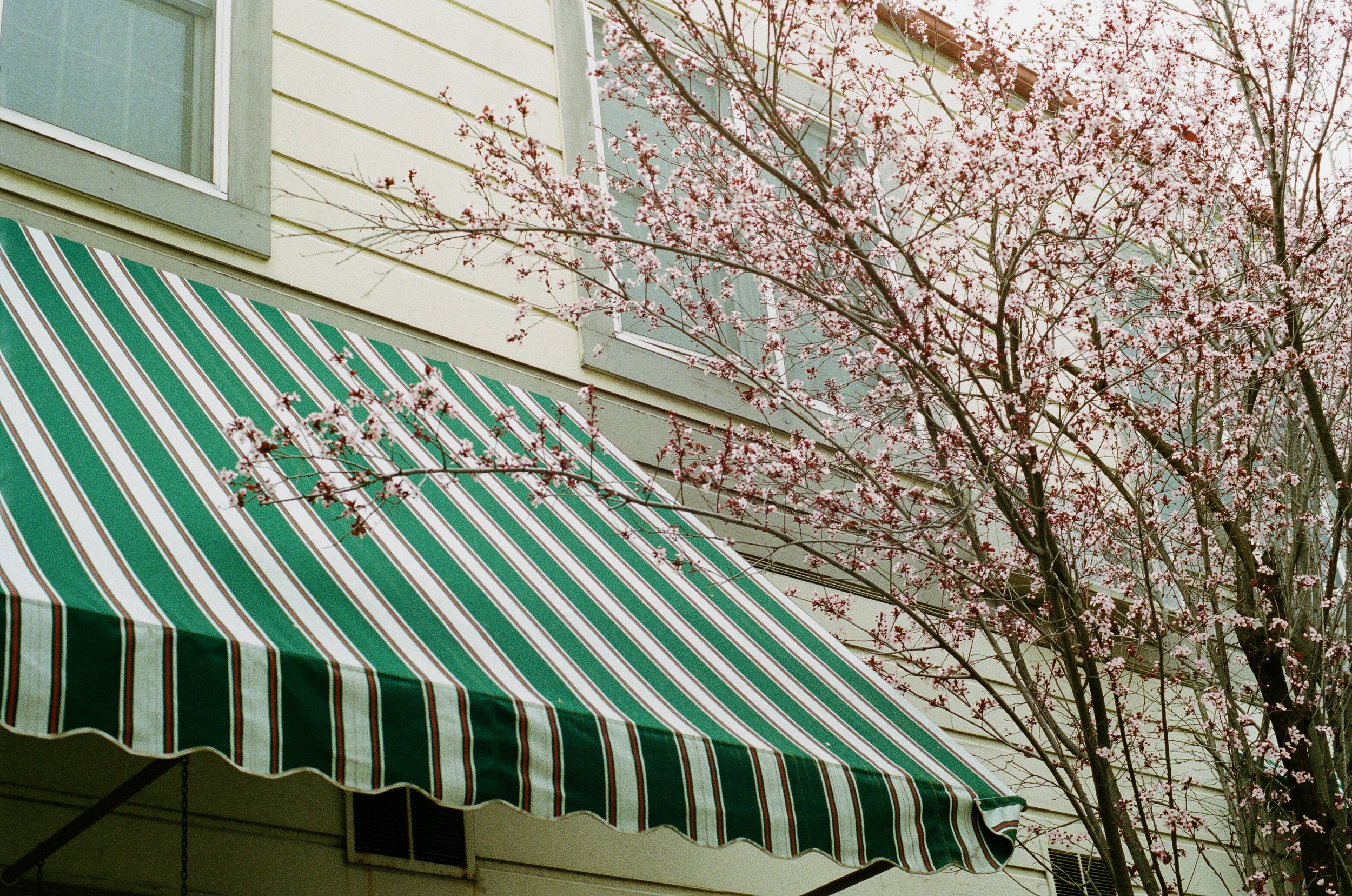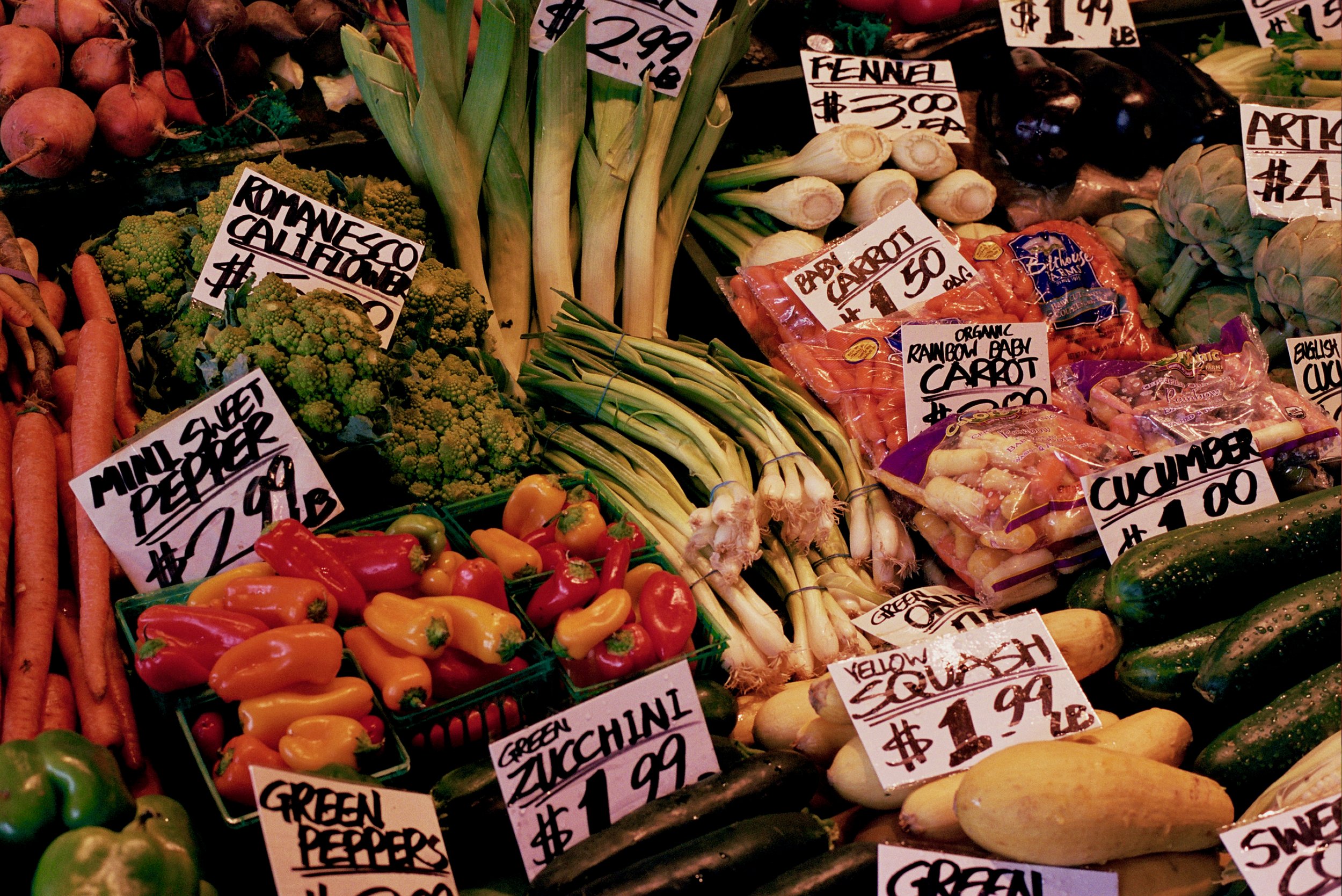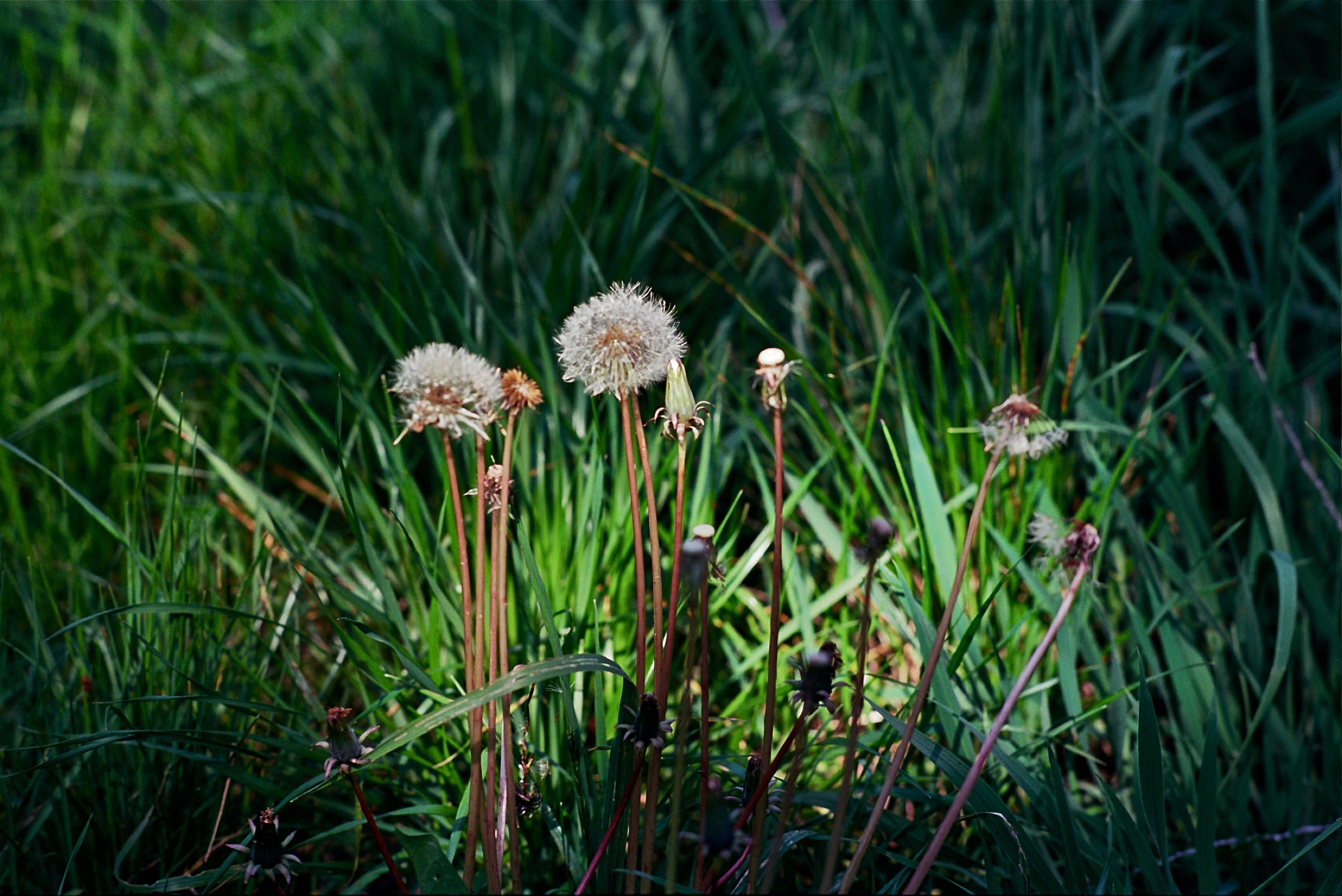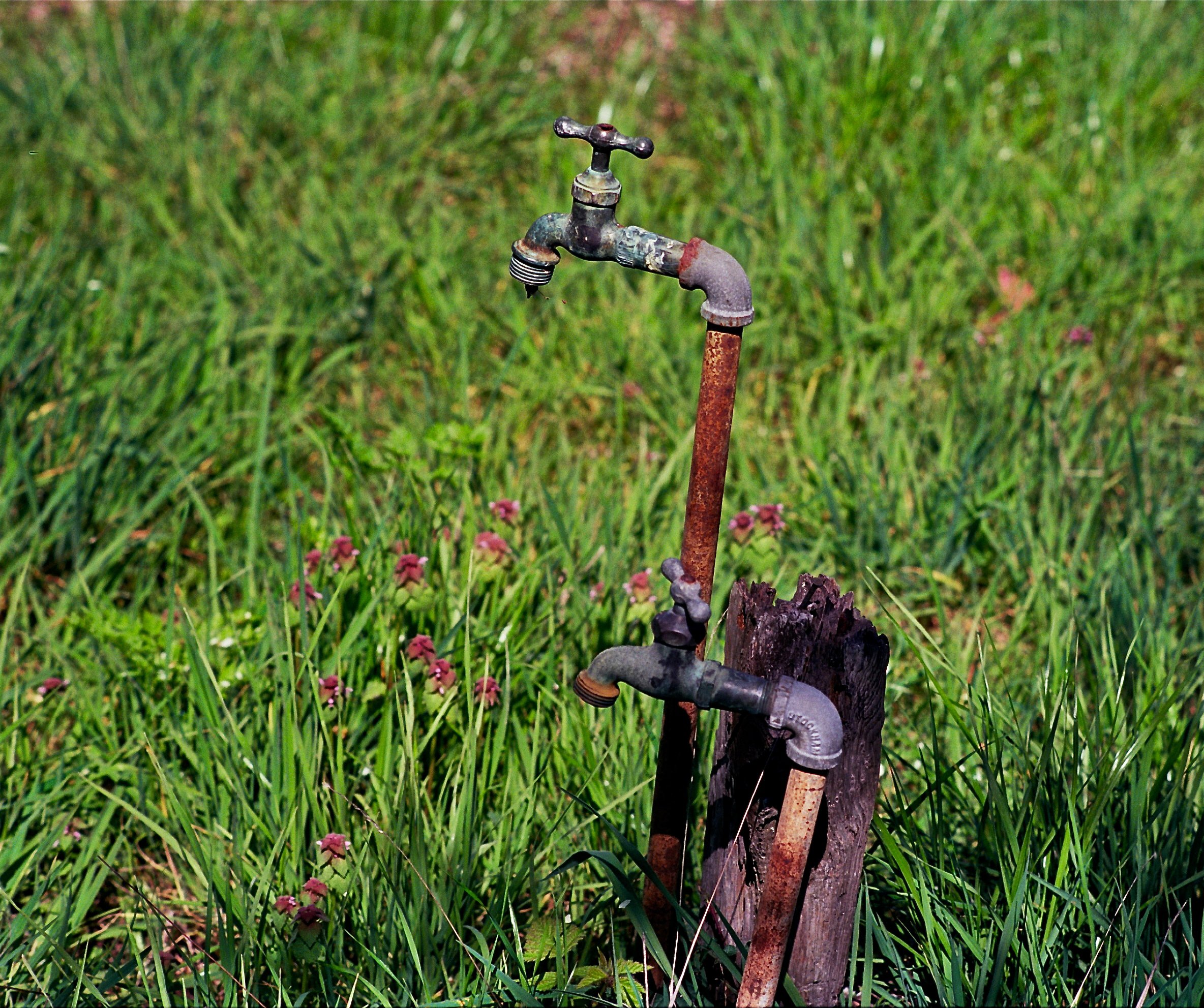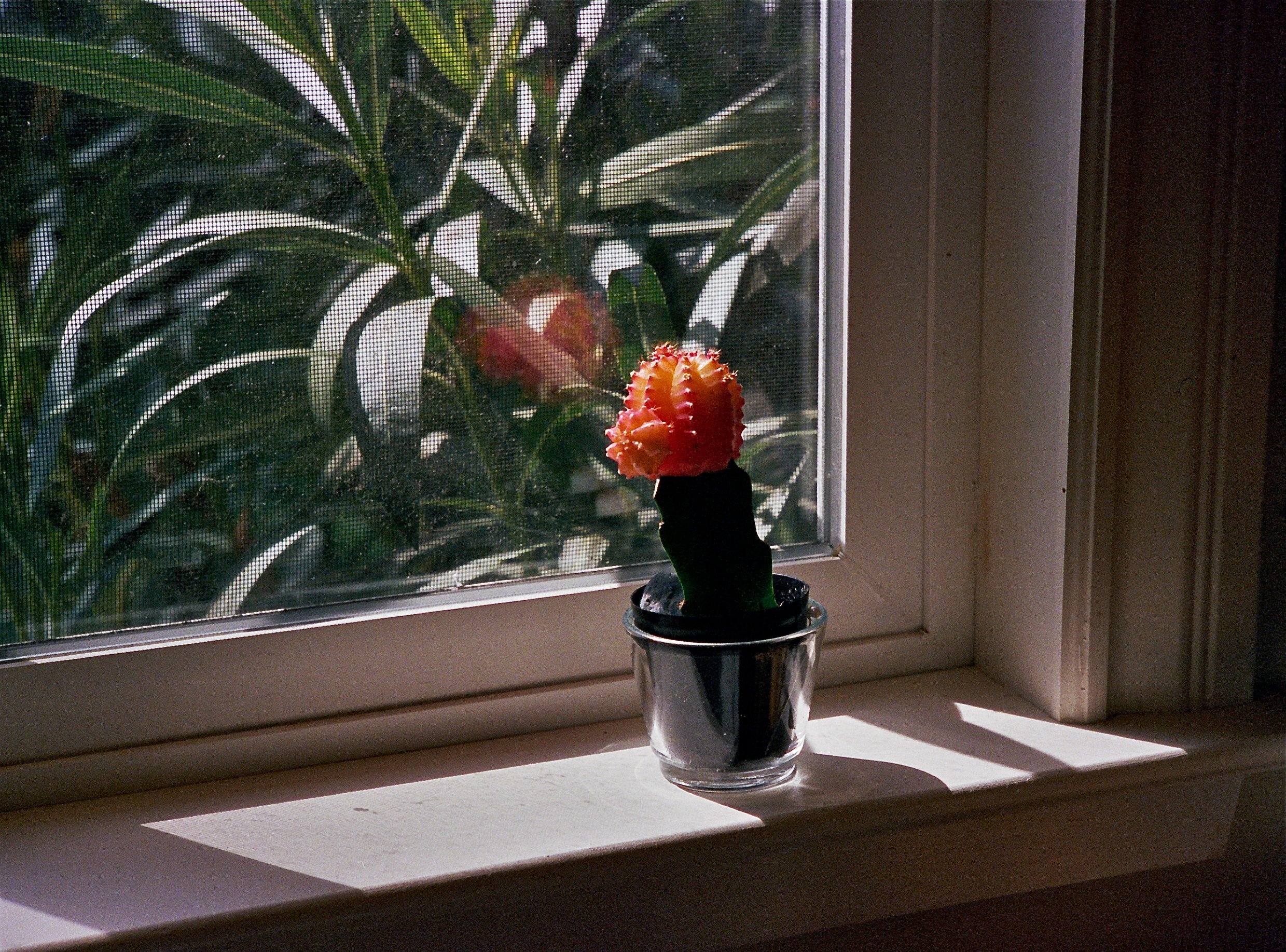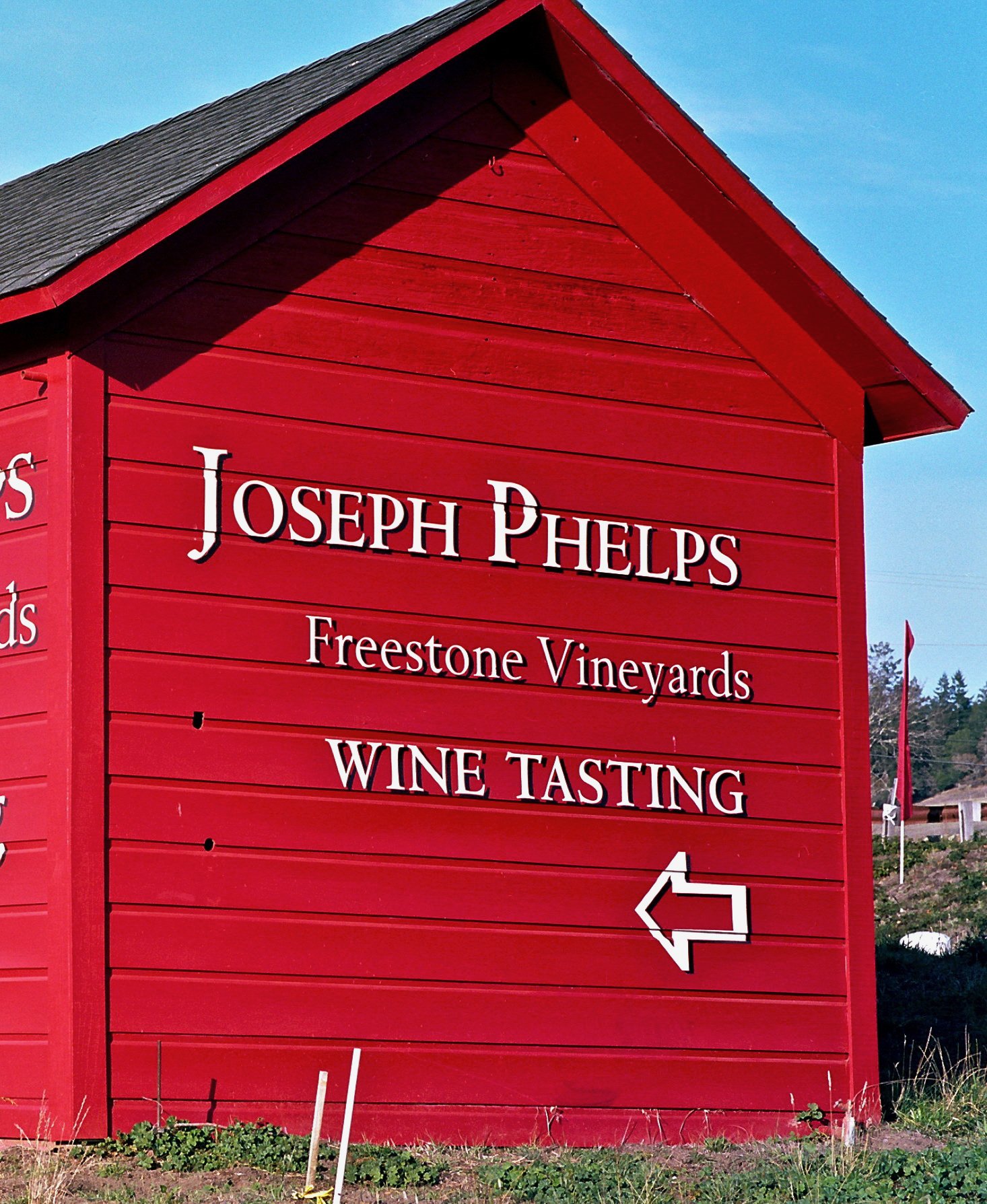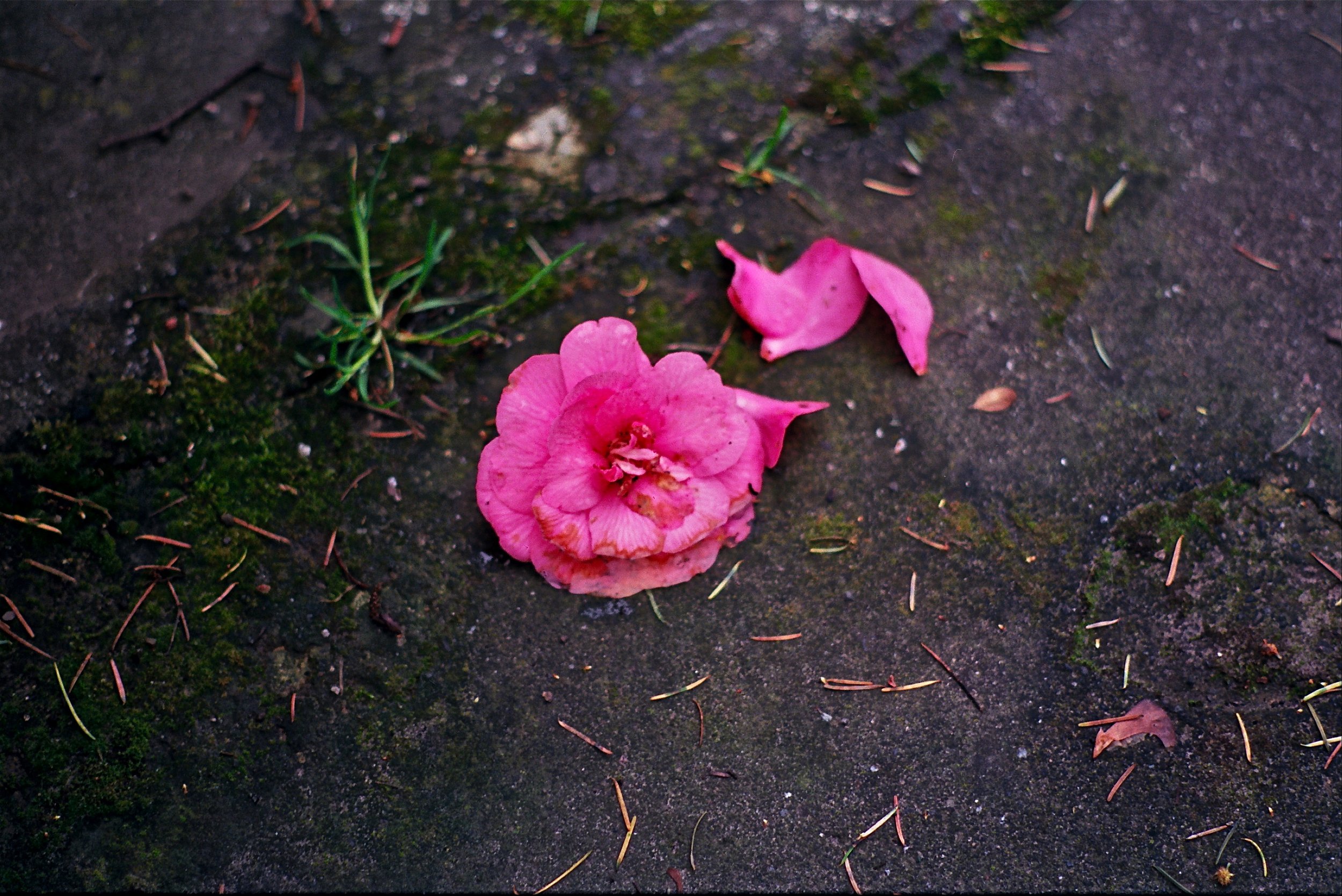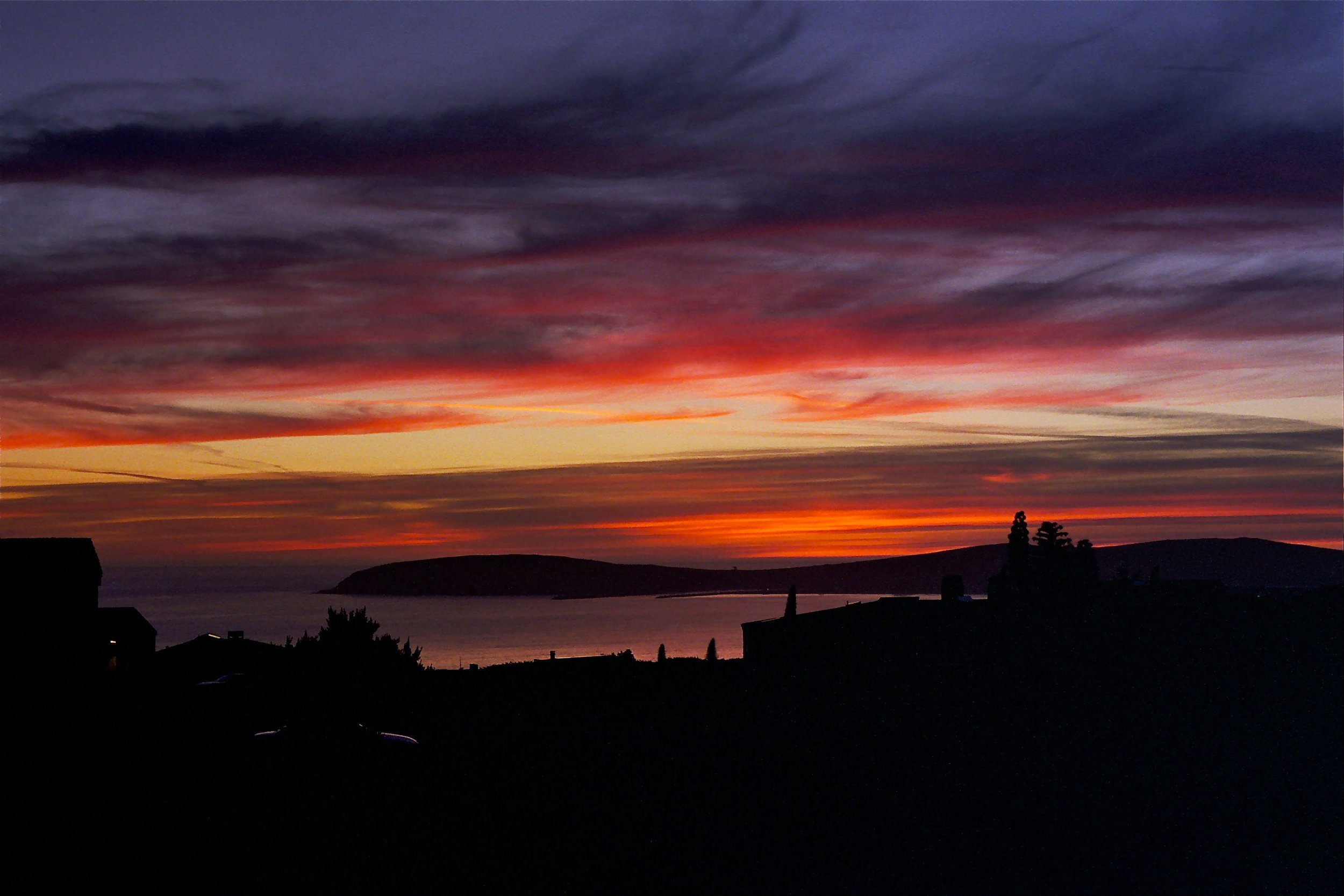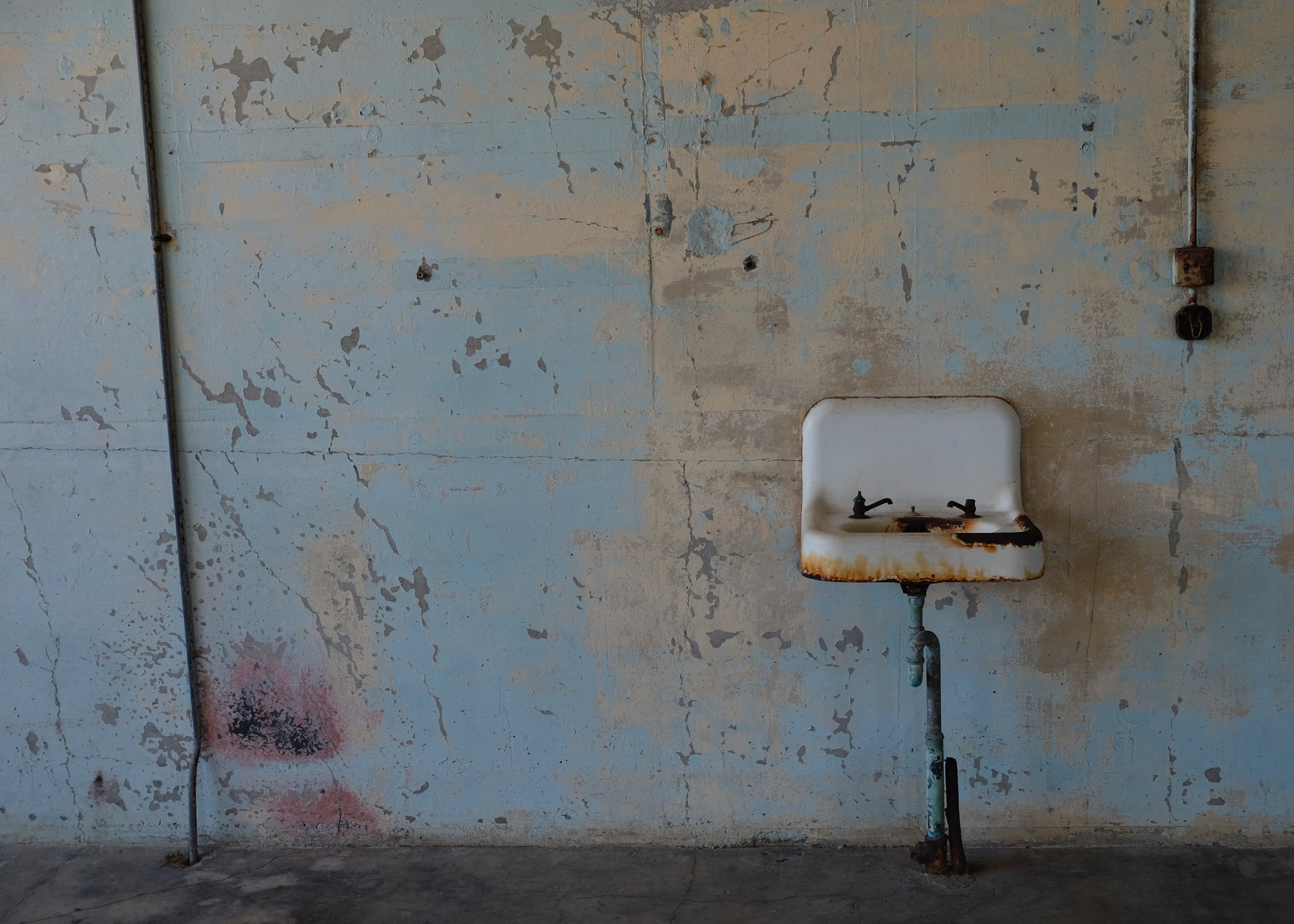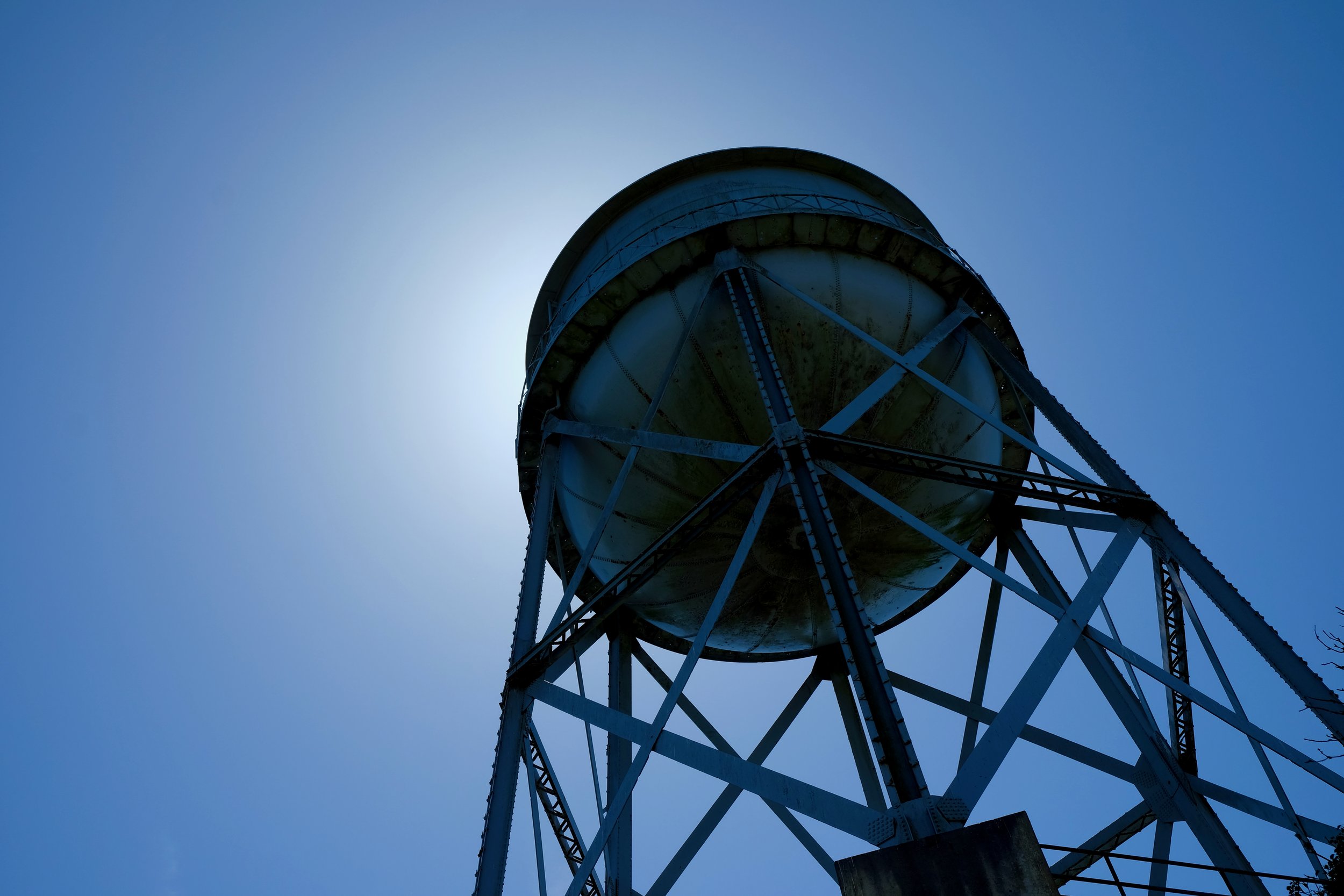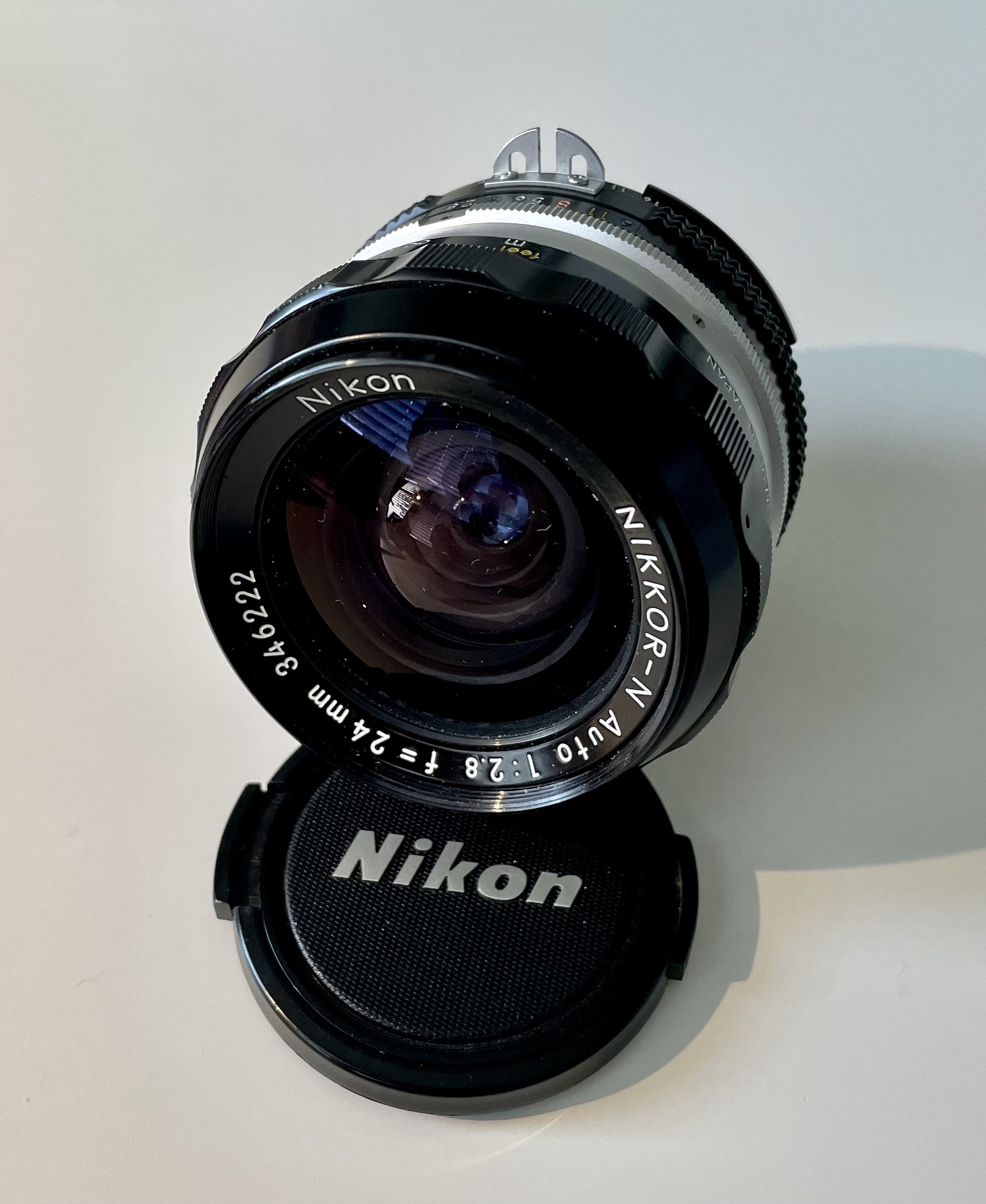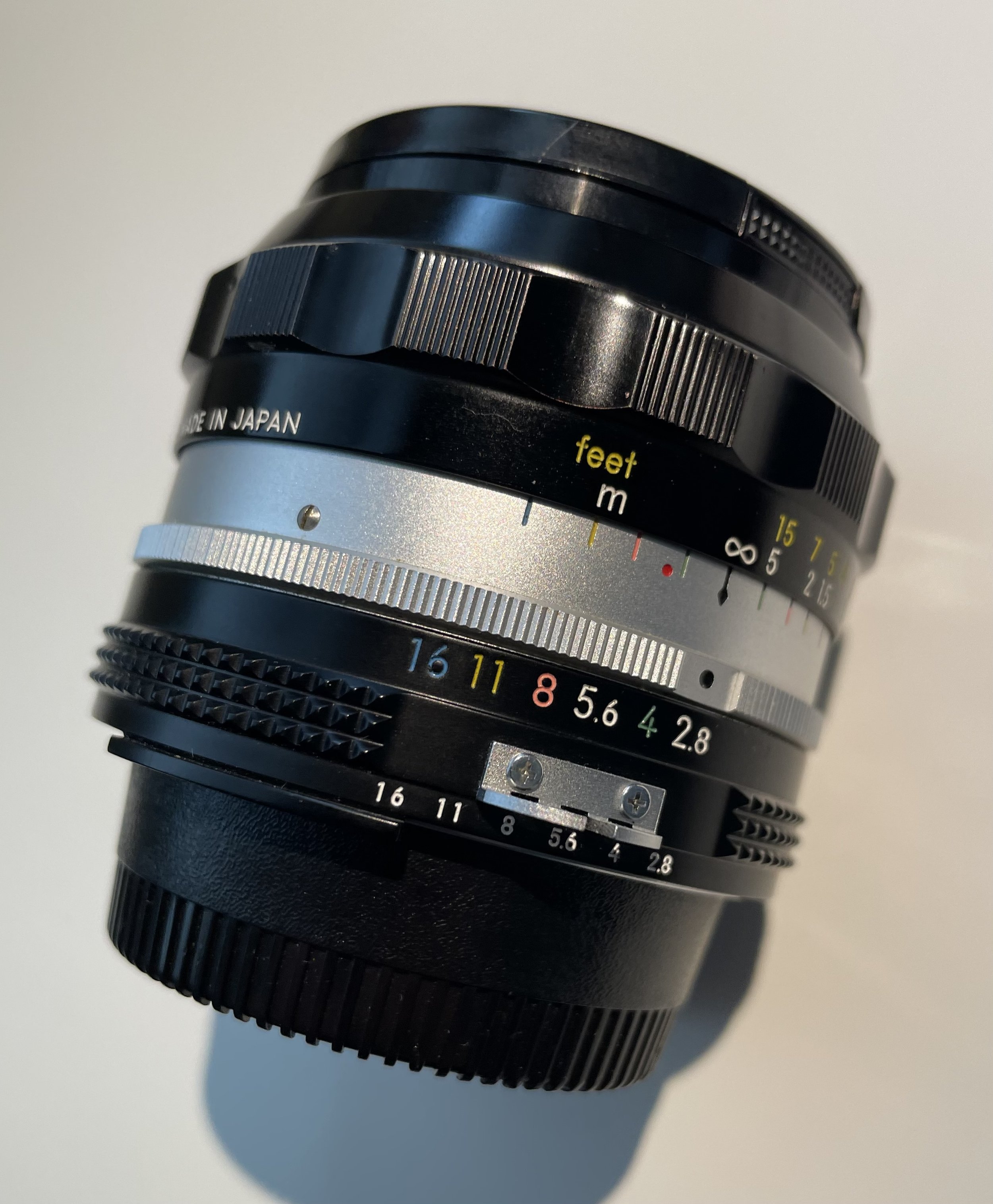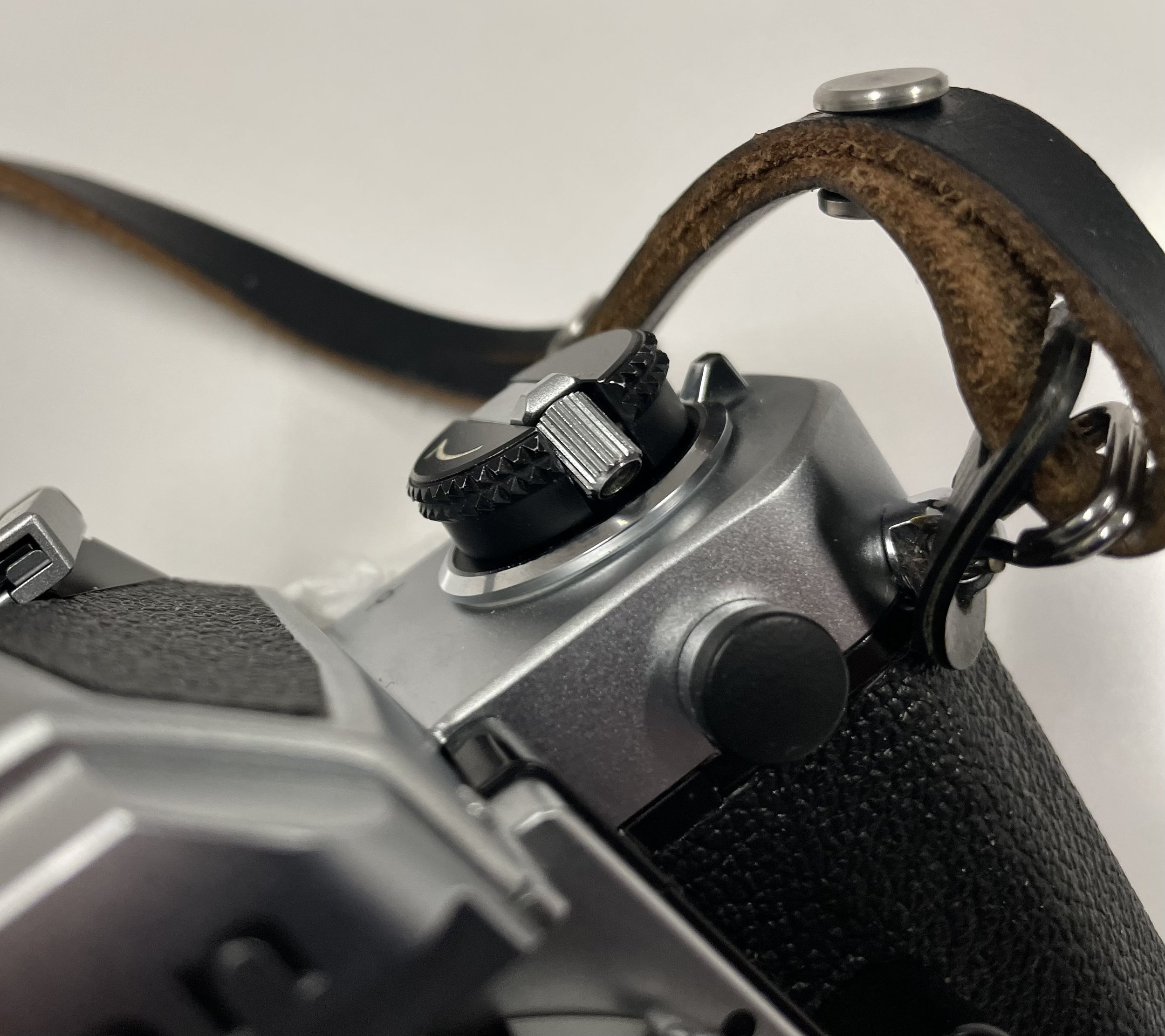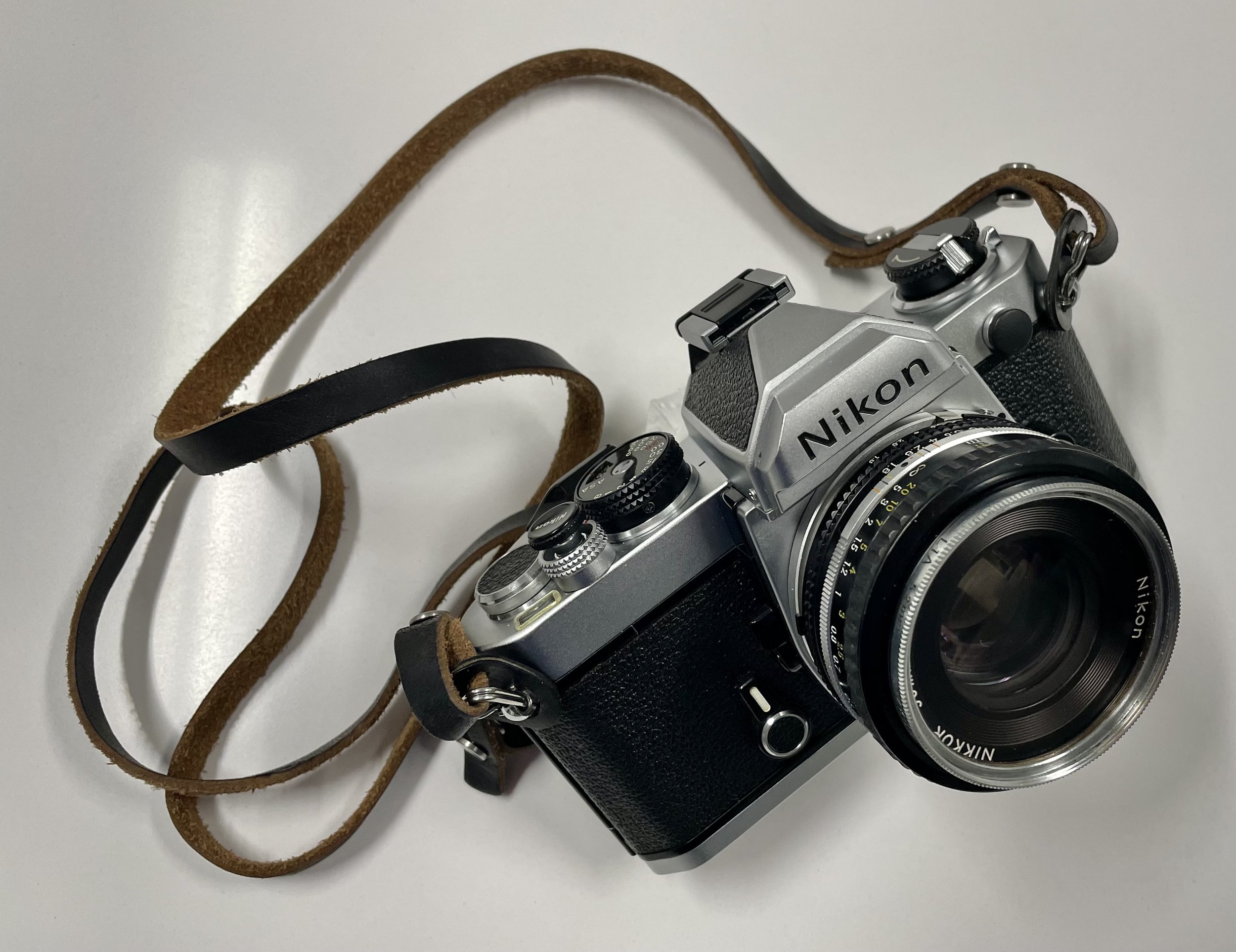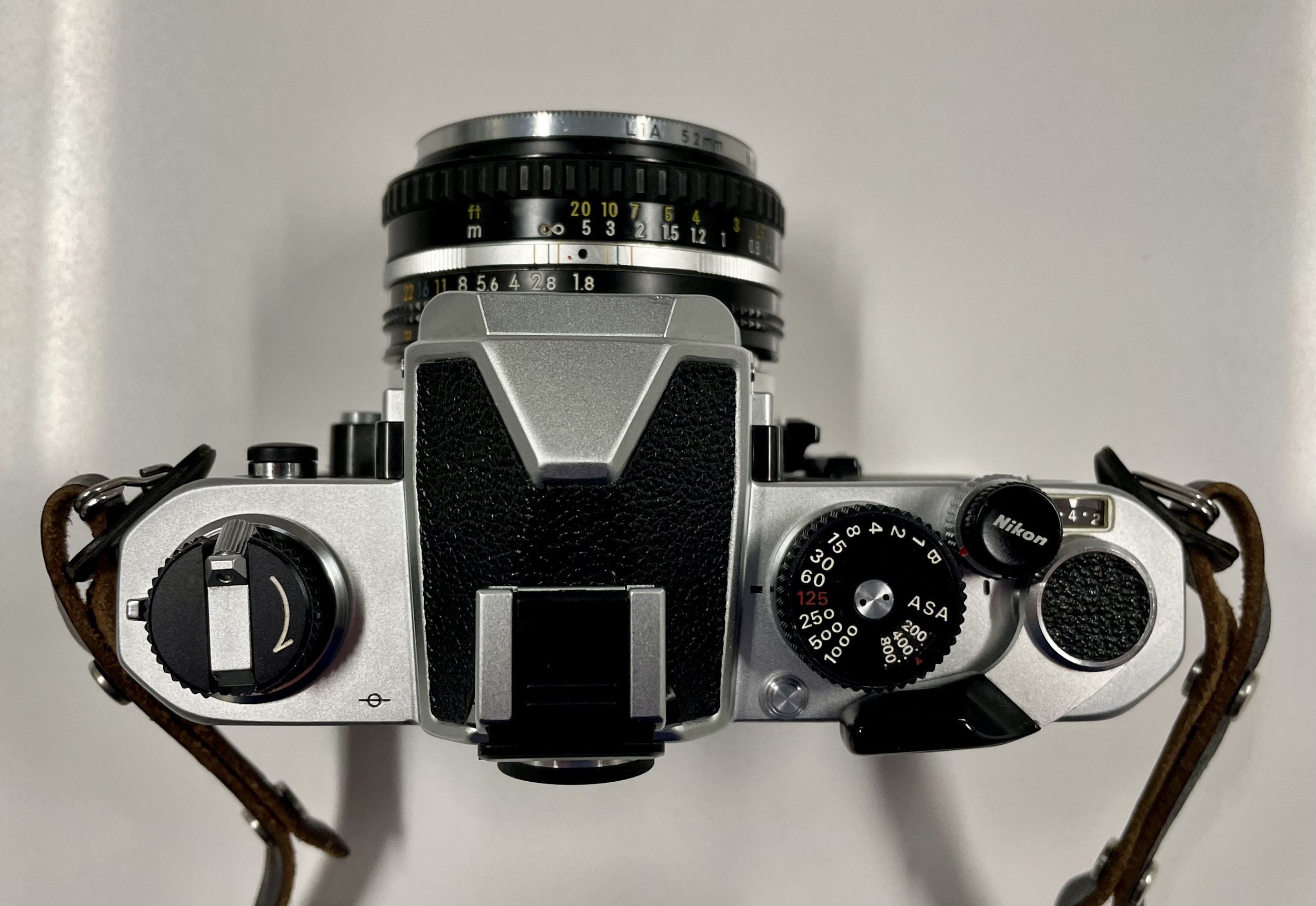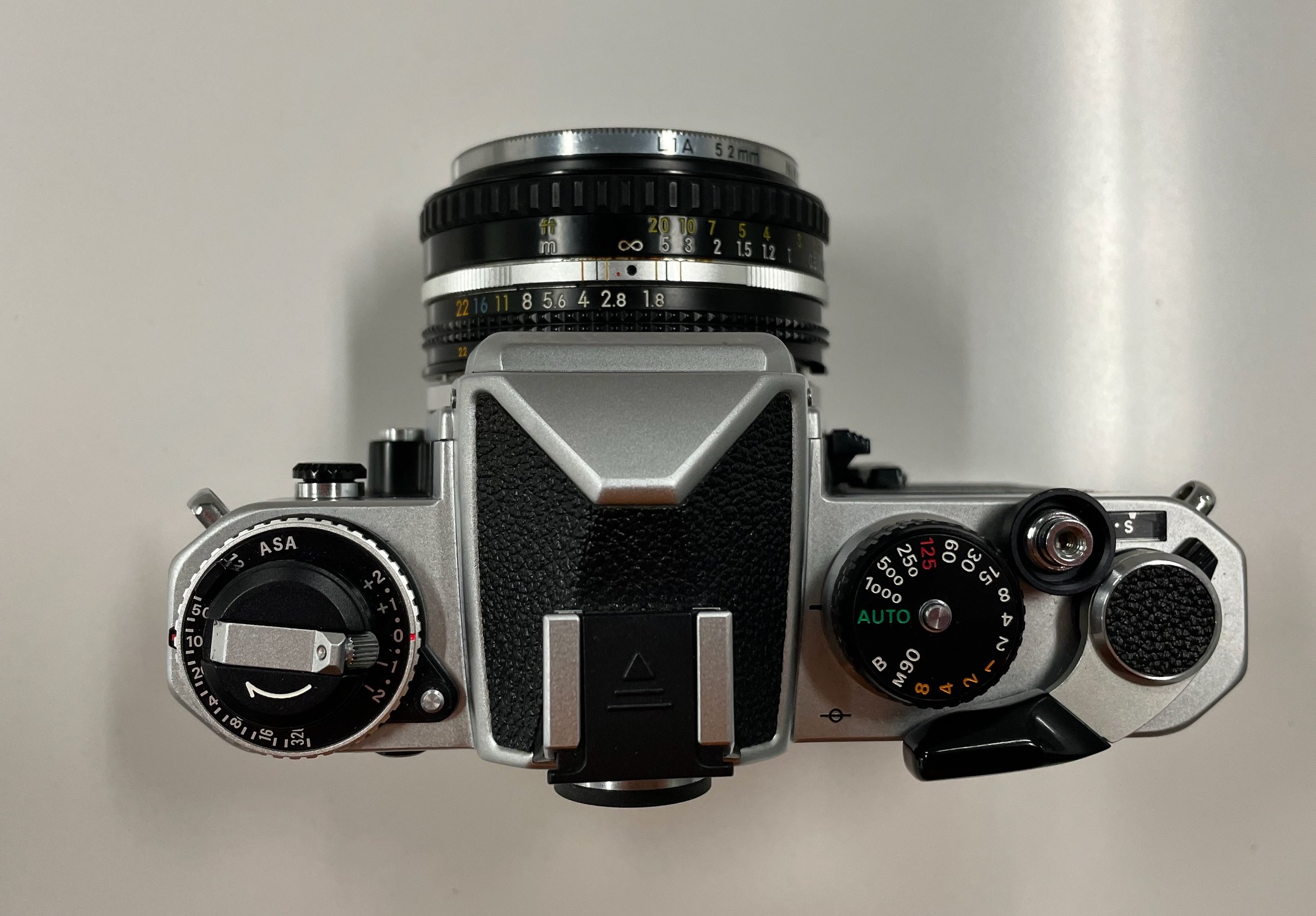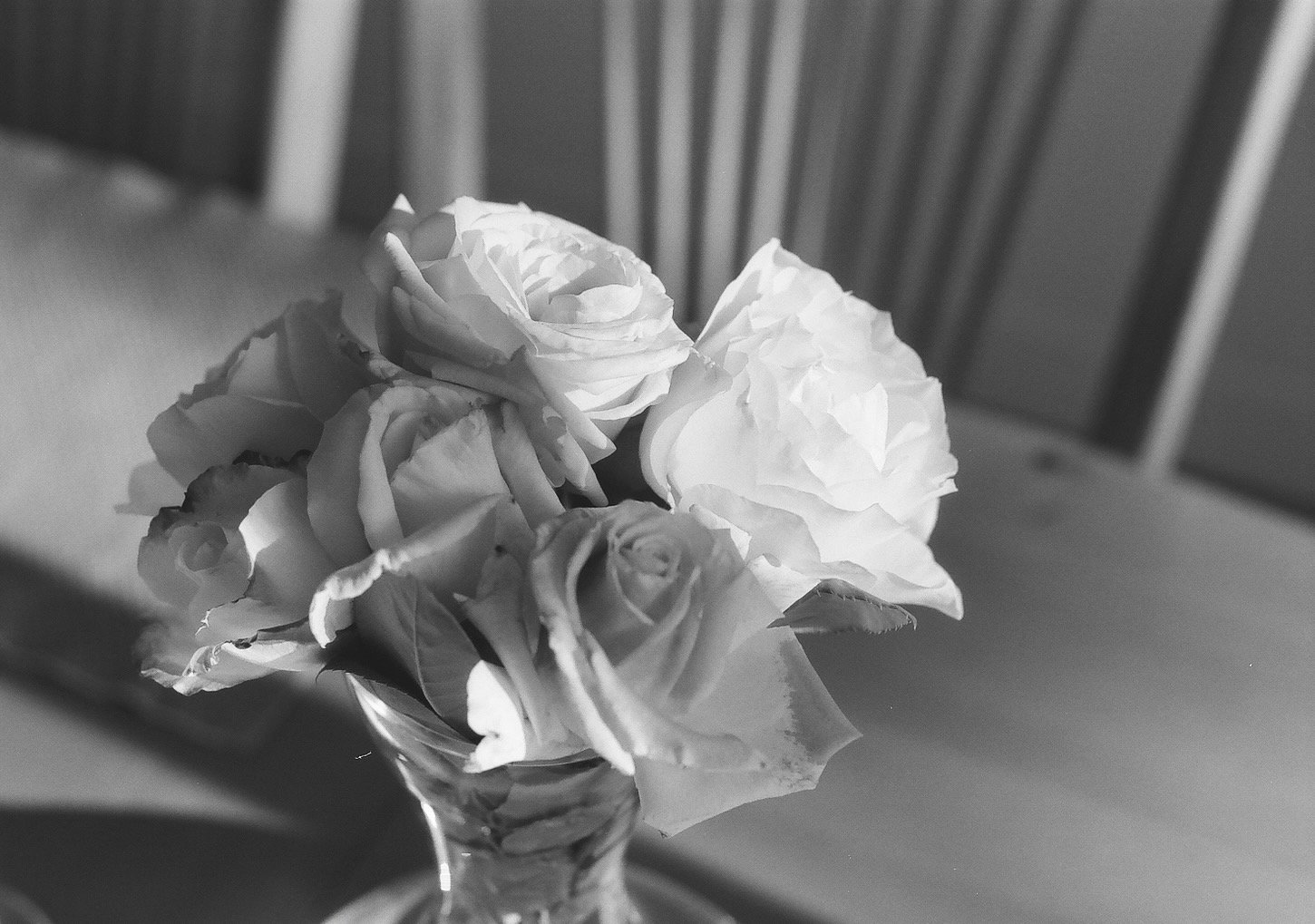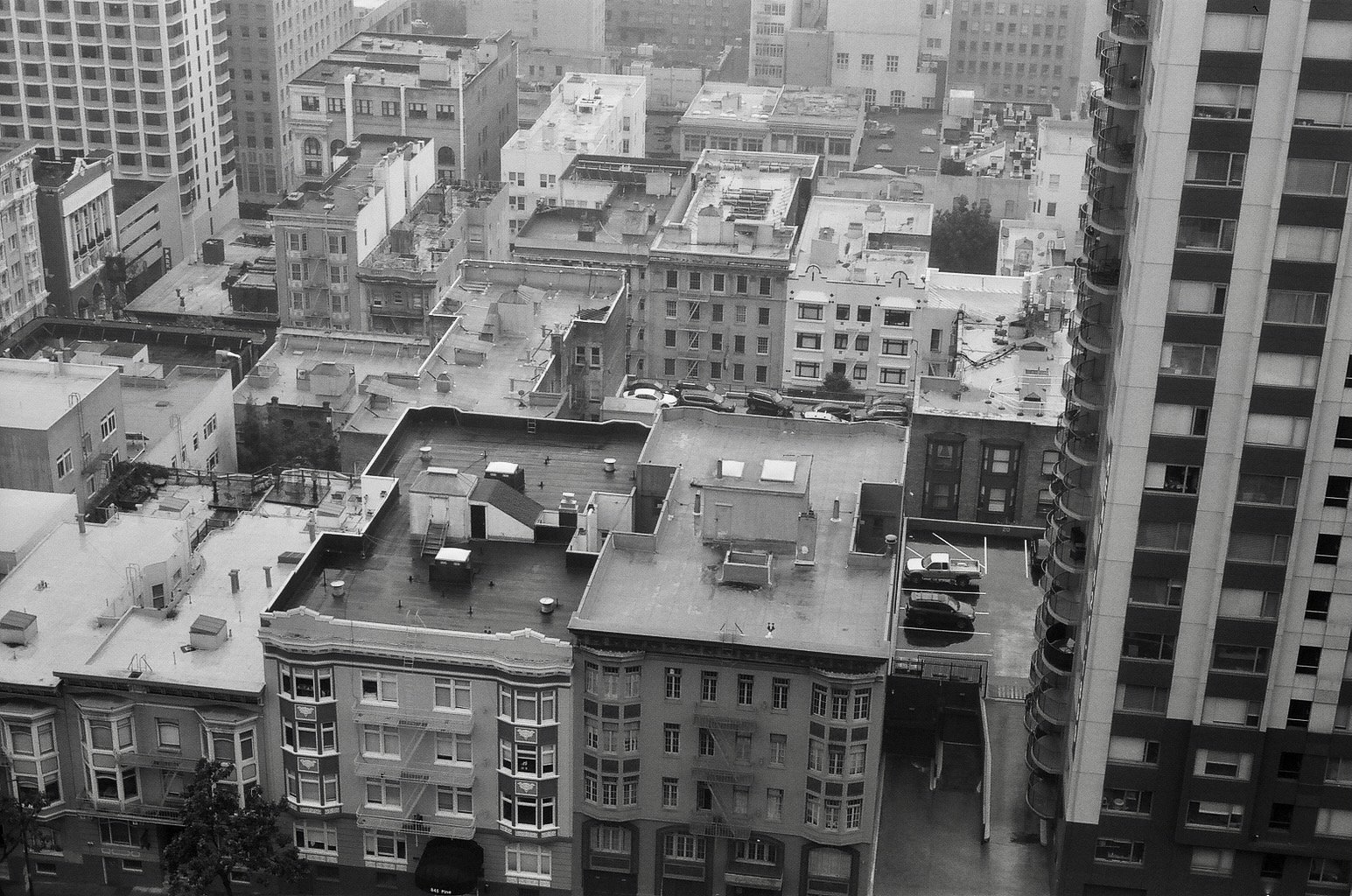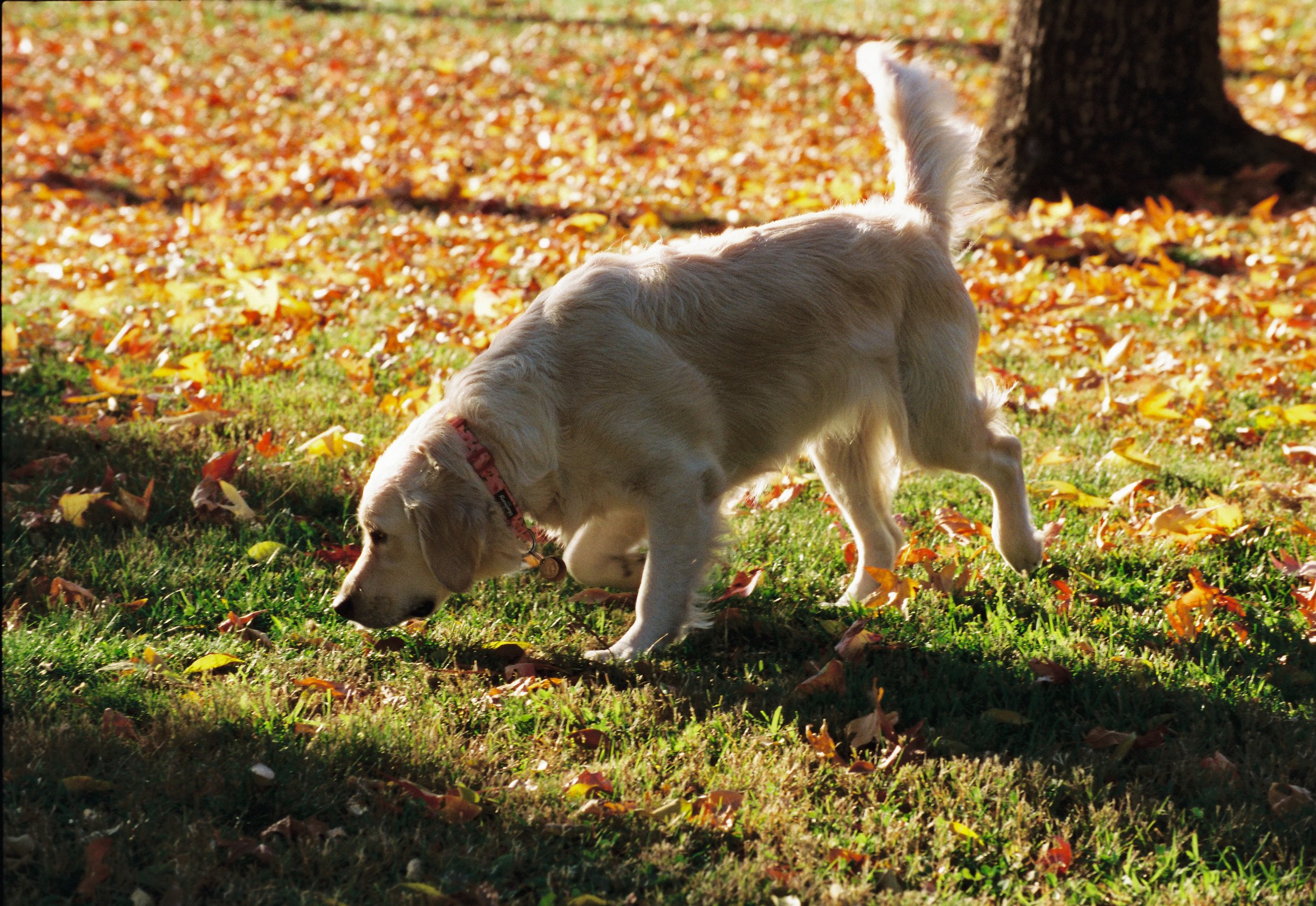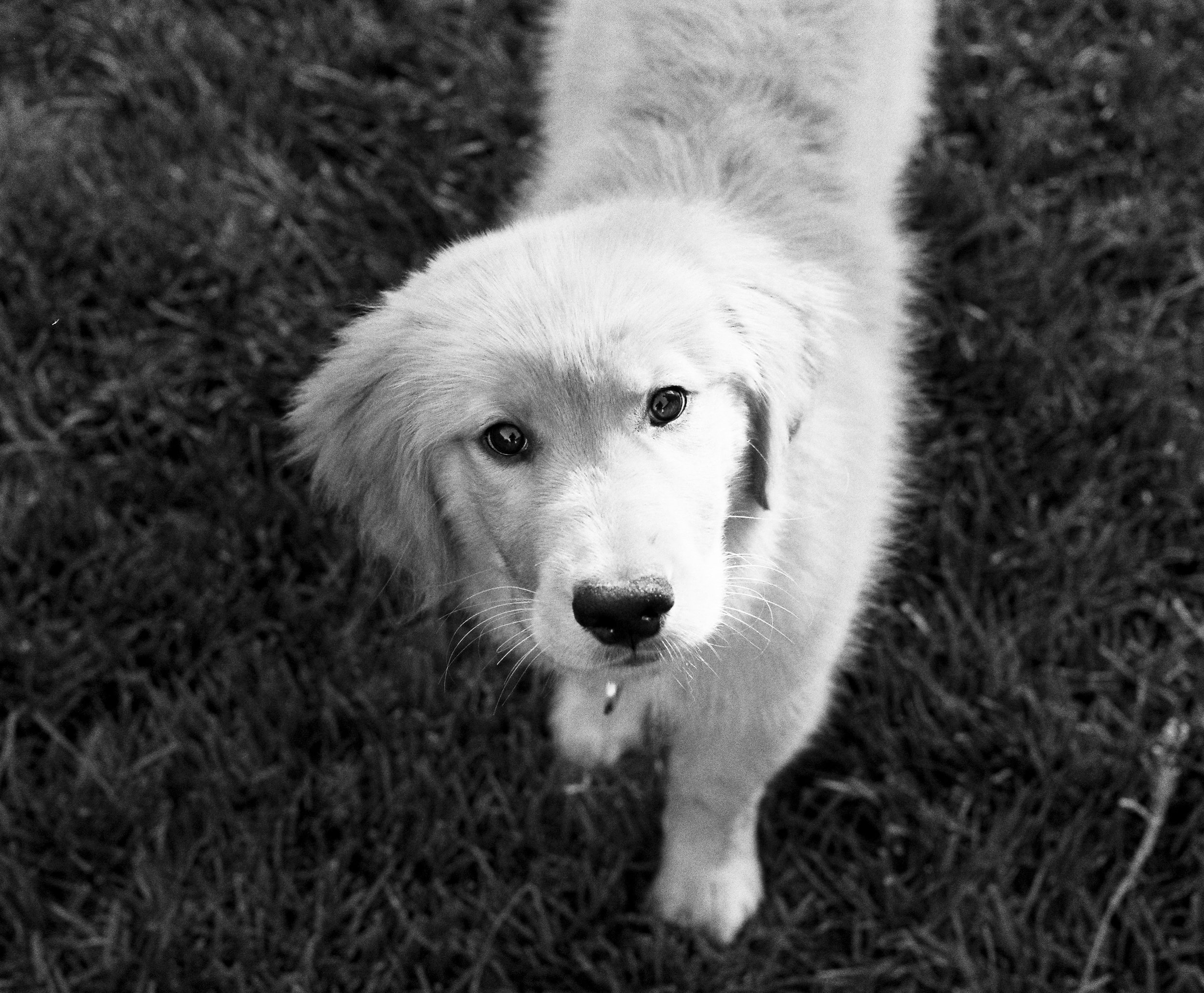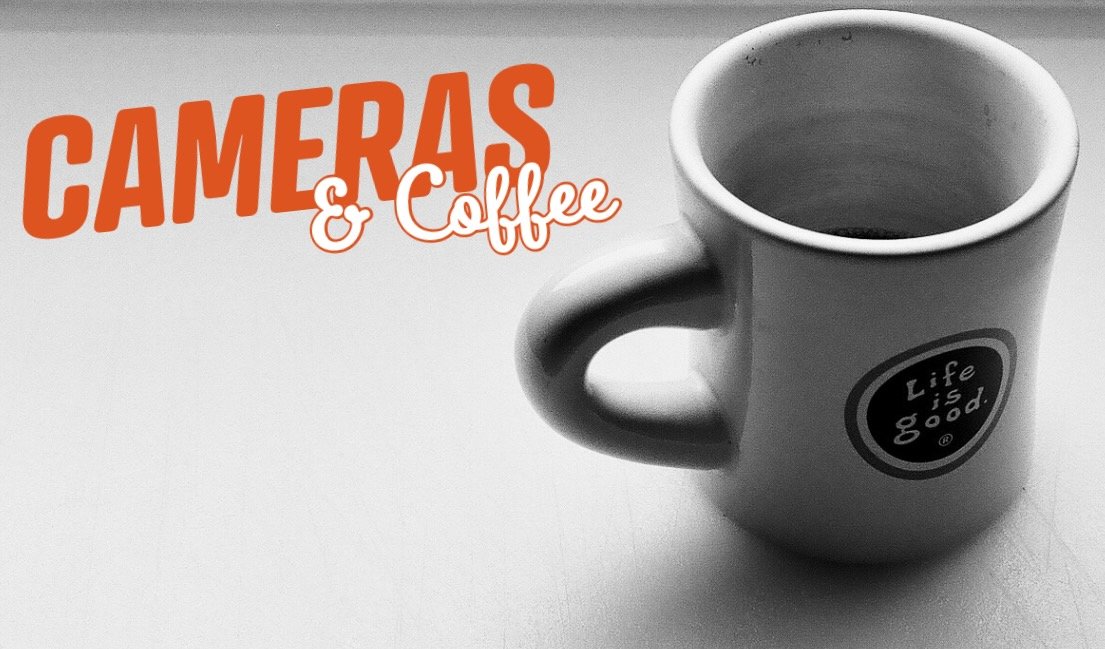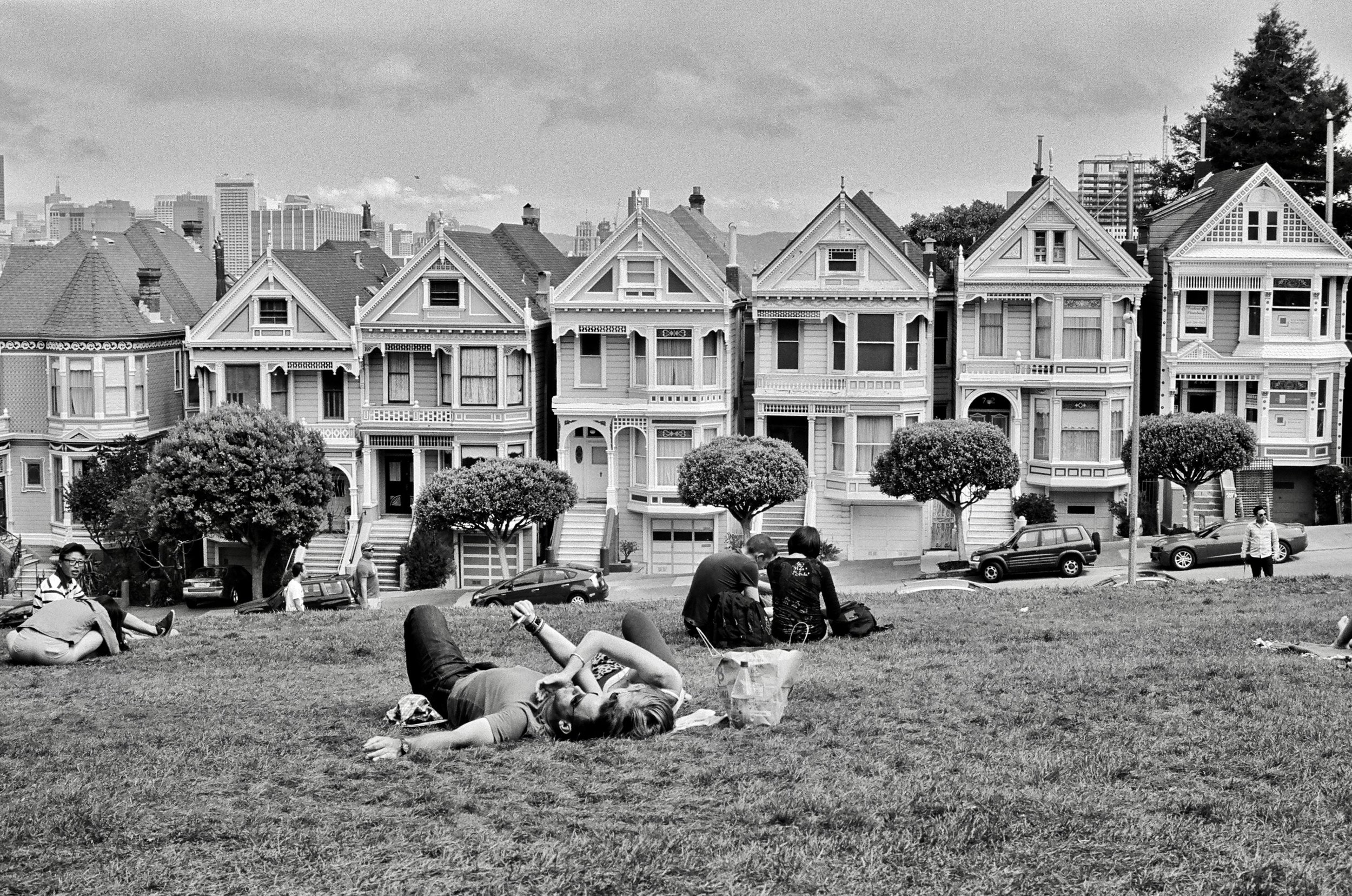2022 has been a busy year personally and professionally. I’ve shot less film this year than any since 2010. And when I take less pictures, I tend not to post here very much. I miss the creative process of photography and I miss writing here, so today’s post is the nudge I need to get writing again and using my cameras more. Every Friday, or maybe some other day if the mood strikes, I am going to pour myself a cup of coffee and fire off some random thoughts about analog photography. I’m calling it Cameras & Coffee.
Today’s post was inspired by a reader who found my blog while searching for information about getting into film photography. She asked which 35mm camera I would recommend for someone new to shooting on film. My email back to her is the content of today’s Cameras & Coffee. Perhaps something here will be helpful to someone trying to sort out which camera to buy.
CANON
I have used the A-1 and F-1 Canon SLRs and the Canon P rangefinder. The A-1 is a wonderful camera. Shutter and aperture priority modes, a program mode and manual mode. Better than the AE-1 which only offers shutter priority and manual modes. The AE-1 and AE-1 Program cameras are very popular right now which is driving up cost. The A-1 is a better camera and usually less expensive. The A-1 and AE-1/AE-1P eventually develop the Canon squeal..a weird wheezing sound when you press the shutter release. Camera works fine, just sounds crazy. Even though there are all kinds of You Tube videos explaining how to fix it yourself, it’s best to have it done by a qualified tech. It’s not expensive. I have seen people do it themselves and end up with oil everywhere inside the camera. The F-1, F-1n and New F-1 bodies were Canon’s professional grade cameras. Go for the New F-1 with the AE prism finder which will allow you to shoot in manual or aperture priory auto modes. All of the F-1s are built like tanks and rated at over 100,000 clicks on the shutter. These cameras take Canon’s FD lenses which are very good and not very expensive. The Canon P was one of the rangefinders Canon made before they got into the SLR market. The Canon P takes LTM (Leica thread mount) screw-on lenses. It’s a fully manual camera with no light meter. The P is a delight to shoot and the LTM lenses, made by several manufacturers including Leica are quite amazing in quality. If you cannot afford a Leica rangefinder, the Canon rangefinders would be the next best bet. I have never shot a Canon EOS camera so I can’t comment on those.
KODAK
Kodak was best known for film and Instamatic cameras, but from the 1930s to the early 60’s, Kodak’s German factory built some very well made 35mm rangefinders; the Retina line. I have only shot the Retina IIc. It was the first 35mm camera I ever used. Belonged to my Dad. All of the Retina models are finely crafted with superb lenses. They are not expensive but most will require some sort of tune-up before the function as designed, so figure that into your budget.
LEICA
Leica is a slippery slope. Leica cameras are special. Leica lenses are very very nice. It’s easy to spend a lot of money on a Leica kit. There are three varieties of Leica cameras. Leica Screw Mount: These were the first Leica 35mm rangefinders made from the 1930s through the 50s. They are also called Barnack Leica, named after the man who designed them; Oskar Barnack. Beautiful to look at and a bit quirky to load and shoot. If you don’t mind learning what you are doing with these cameras and fiddling a bit when shooting, the Leica screw mount cameras are an affordable way to get started with Leica. Leica M Rangefinders: The cameras everyone associates with Leica. There are several M models. I had three, the M2, M3 and M6TTL. They were wonderful cameras that I mated with a 50mm Leica Summicron lens. Made some of my most satisfying images with the M6, which Leica just re-introduced this month. If you love shooting rangefinder cameras and have the budget, you should aspire to a Leica M. Leica R Series: The Leica R series was Leica’s attempt at the SLR market. The line-up includes the R3, R4, R5, R6, R6.2, R7, R8 and R9. Some of the R camera were joint ventures with Minolta, some were solo Leica. When working properly, the Leica R cameras are wonderful. With the exception of the R6 and R6.2, all of these cameras incorporate electronics that can fail, rendering the camera useless. Parts are scarce and there are few techs left who will work on them. I have been lucky. I have owned the R3 through the R7 and never had any issues, but your mileage may vary. Leica’s R lenses used to be one of the most affordable ways to shoot Leica glass, but there are people who love adapted these lenses to cinema work and that has driven up the costs. Leica cameras hold their value and most of them appreciate. Every Leica I have purchased has resulted in a profit when sold, even after years of shooting.
MINOLTA
Only from the mind of Minolta. Back in the day, Minolta was a camera technology leader. This Japanese company made a huge variety of rangefinder, point-and-shoot and SLR cameras. I’ve only owned a few and my Minolta relationships have been love-hate. When the cameras are working, I love ‘em, but several I have owned have died instant deaths out in the field. Failed electronics. The X-700 SLR is very popular right now. Minolta sold tons of these back in the day so they are plentiful. And there are still some camera techs out there who can service them if needed. I have owned three X-700s and two developed issues. The one I have now is working just fine. I also had a XD-s. The XD cameras are very well made, metal bodies. The XD-s has a built in viewfinder diopter which is nice for people with aging eyes like me. Minolta makes fine lenses too.
NIKON
I am a Nikon guy. I have owned more Nikon cameras than any other brand. I have never had a Nikon die in the field. Never had a Nikon die anywhere. The only service I have ever had done on any Nikon is a CLA (clean-lubricate-adjust) for peace of mind. Nikon Professional Camera: These are the original F, F2, F3, F4, F5 and F6. I have just started shooing the F Photomic FTn. I had mine CLA’d and it is a wonderful camera to use. First roll coming soon. Some say Nikon’s F2 bodies were the finest mechanical SLRs ever made by anyone. I loved my F2s, but as my eyes have aged, I find I cannot find any suitable diopter to allow clear focusing. I have no idea why as I should have this same issue with my F, but don’t. The F2 bodies are very very nice and there are several different prism finders you can add to any F2 body that give you different metering an lens adaptability options. My Nikon F3 is the camera I will probably take to my grave. Nikon’s first electronic pro grade body and first with aperture priority auto exposure. The F3 oozes quality. Great choice for newbie film photographers. The F4 was Nikon’s first auto focus pro body and first one with matrix metering which is still used in digital Nikons. I love my F4 even with its slow 1980s auto focus technology. The F5 is a beast of a camera. I had one but it was too big. The F6 was Nikon’s last film SLR, sold new just until recently. Nikon FM, FM2, FM2n, FE, FE2, FA This is the line up of cameras that I most often recommend to people just getting into or rediscovering analog photography. These cameras were designed for advanced amateurs but many professional carried them as well…they are that good. The FM, FM2 and FM2n are manual cameras with built in meter. The FM2 and FM2n offered mechanical shutter speeds up to 1/4000th of a second! The FE and FE2 offer manual aperture-priority auto exposure modes. The FE2 gives you the option of 1/4000th of second top shutter speed like the FM2 and FM2n. The FA is the most technologically advanced body of this line with matrix metering and multiple exposure modes. It is also the one most prone to failure with all of its electronics. Nikon F100: The last Nikon SLR I will mention is the F100. The F100 was introduced in 1999. It’s an auto-focus camera with multiple exposure modes, matrix metering, built in motor drive and all kinds of other bells and whistles. While the F is not built to the standards of the F5 or F6, it packs many of the same features as those professional cameras. Because the F100 is not on most people’s radar, prices for this camera stay low. The F100 is a helluva camera for not a lot of money.
OLYMPUS
Small, lightweight SLRs with jewel-like quality, the Olympus OM single digit bodies are very capable cameras that exude quality and craftsmanship. I have the OM-1n and OM-2n. I love my manual everything OM-1n with a 50mm F/1.4 Olympus Zuiko lens. The OM-1 and OM-1n need a conversion to accept modern batteries. Many techs do this during a CLA. The OM-2 and OM-2n take modern batteries and offer aperture priority auto exposure. I would not hesitate to recommend either of these cameras.
PENTAX
Starting with the oldest first, the Pentax Spotmatic. If you really want to learn photography, these are the cameras to look at. The Spotmatic series was made from the early 1960s to the mid 1970s. They were one of the first SLR cameras to have built-in through the lens light meters. Early versions of this cameras use stop-down metering, meaning you stop the lens down to your taking aperture to take the light meter reading. This is a manual process that is cumbersome at first, second nature later on. It also lets you begin to understand the relationship of shutter speed and lens aperture to proper exposure. The later Spotmatic F cameras featured open aperture metering. The Spotmatics are very well built. If you find a nice one, it can be CLA’d very reasonably and will be faithful photographic companion for many years. The Spotmatics take M42 universal screw mount lenses. The Pentax Takumar lenses are extraordinary and most are very affordable. Many people adapt Takumar M42 lenses to mirrorless digital cameras. Pentax followed up the Spotmatic line with a new lens mount…the K mount and a new series of cameras; KX, KM, K2, K1000. These are essentially Spotmatic bodies that accept K mount lenses. I have the K2, which offers aperture priority auto exposure. I love my K2. Pentax also introduced a series of smaller SLR bodes that accept K mount lenses; the ME, ME Super and MX. the ME and ME Super offer auto exposure. The MX is a fully manual camera with built in light meter. Pentax also released a pro body, the LX, also using K mount lenses. The Pentax LX is an amazing camera with a great metering system, interchangeable finders and other accessories. The Achilles heel of the LX is its electronics, which have not aged well. I have owned 4 LX bodies and all of them had electronic issues that needed to be addressed. Luckily, Eric Hendrickson, the Pentax guru was still repairing the LX when I had mine. I understand he no longer does. The other issue is LX sticky mirror syndrome. Pentax used some weird bumper foam in the LX that, over time, turns to hard to remove goo. This caused the mirror to stick when the shutter is replaced.
IN CONCLUSION
There are a lot of great film cameras to choose from, but the reality check is that even the newest of these cameras is well over 20 years old. Just think of buying a 20 year old car. No matter how well taken care of, it is going to need some TLC, so budget in some service. Choose the simplest camera you can. Mechanical cameras are generally much cheaper to repair than ones with electronics. And there are more techs who work on mechanical cameras than electronic cameras. My personal picks for a starter camera would be any of the Nikon F series…FM, FM2, FM2n, FE or FE2, the Olympus OM-1 or OM-1n or a Pentax Spotmatic.
Happy Shooting!













